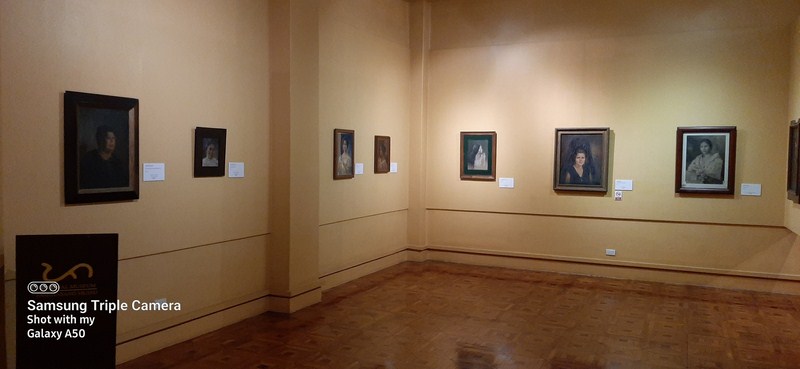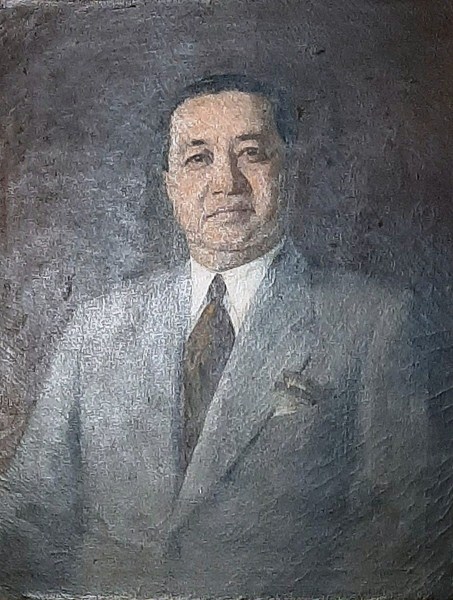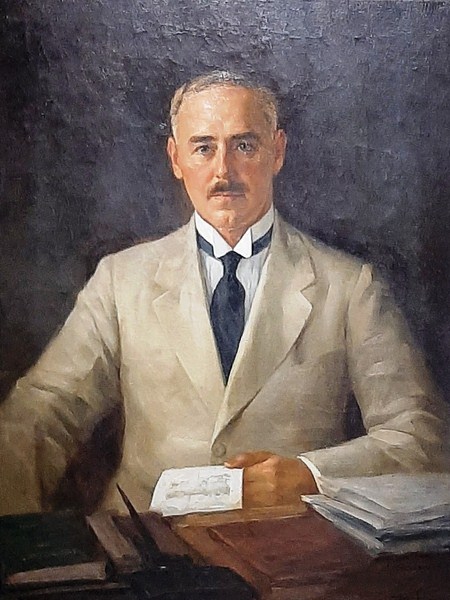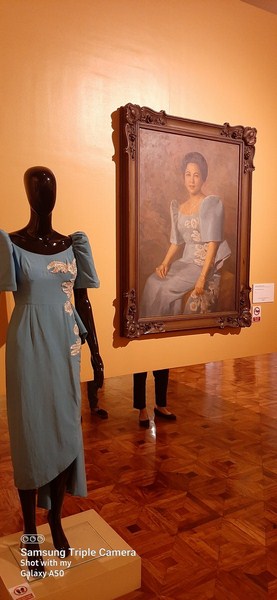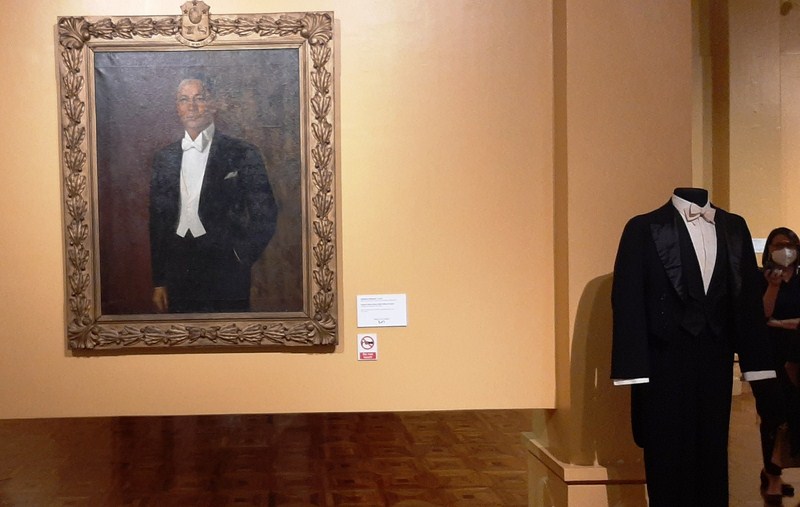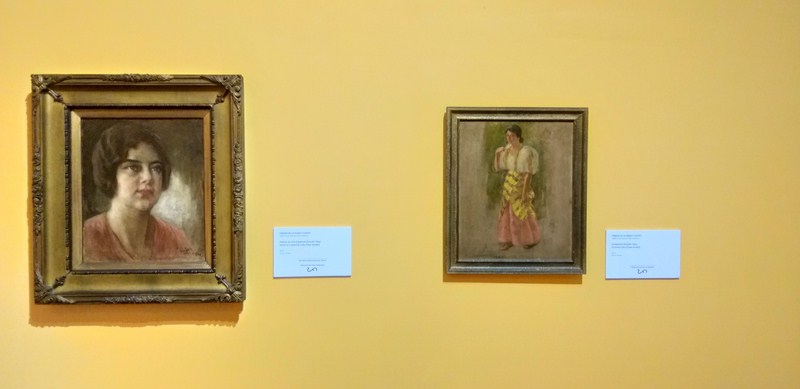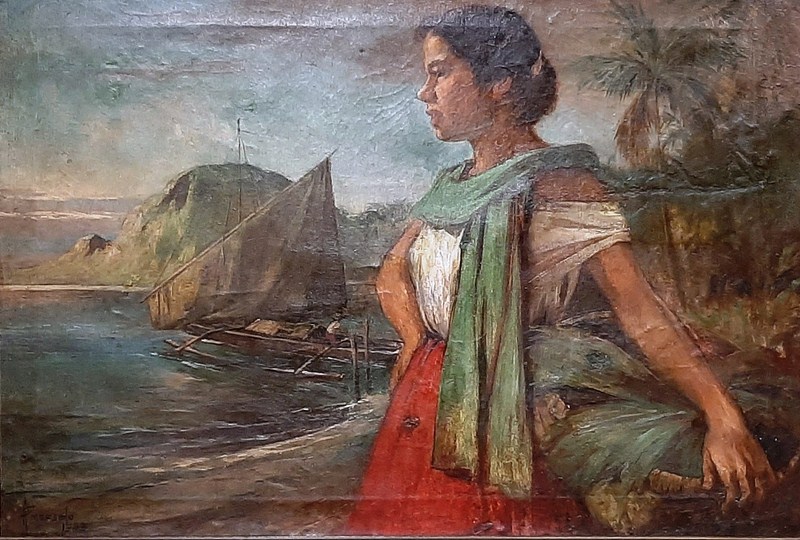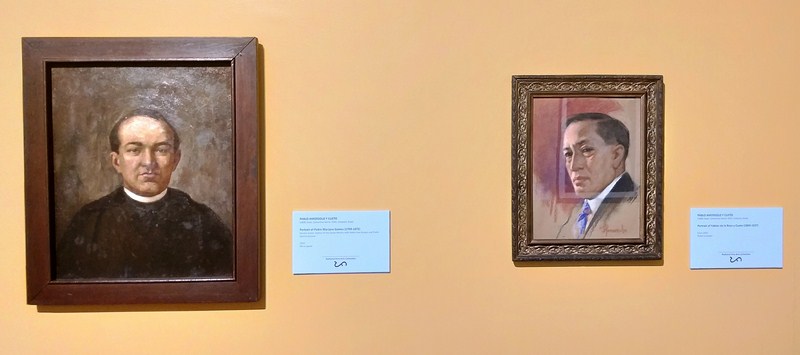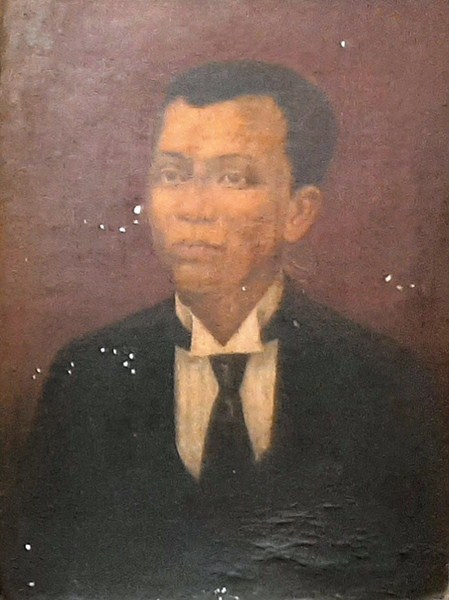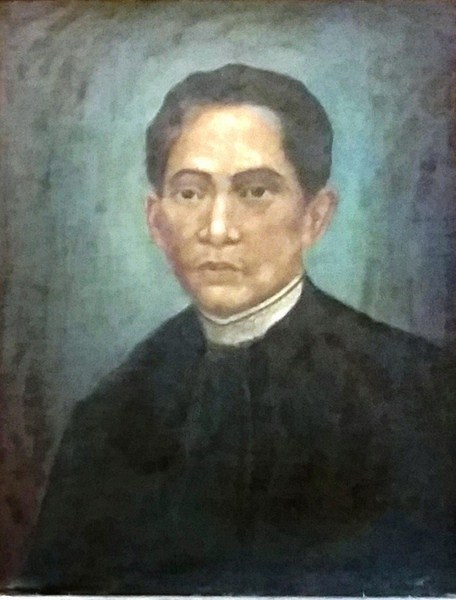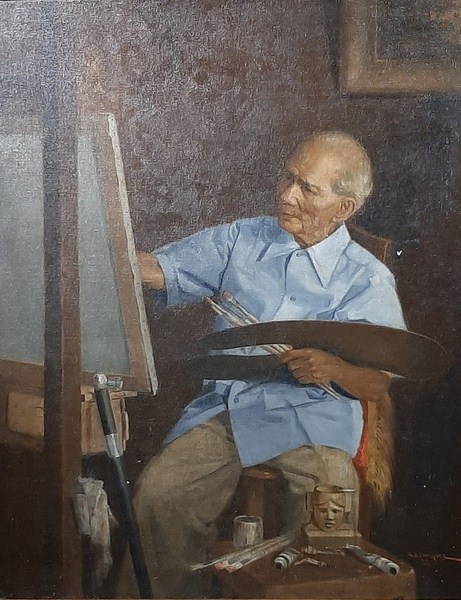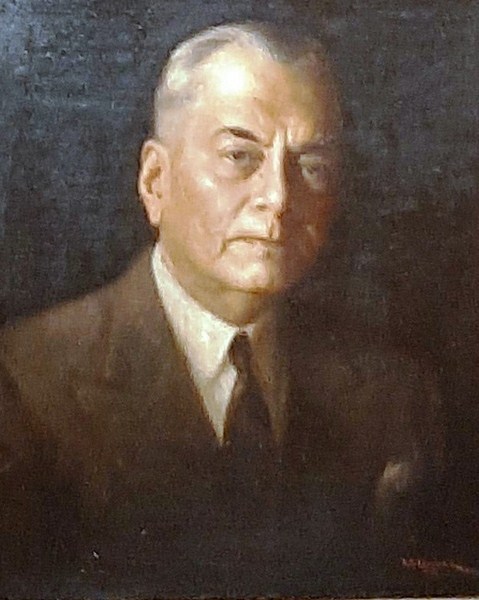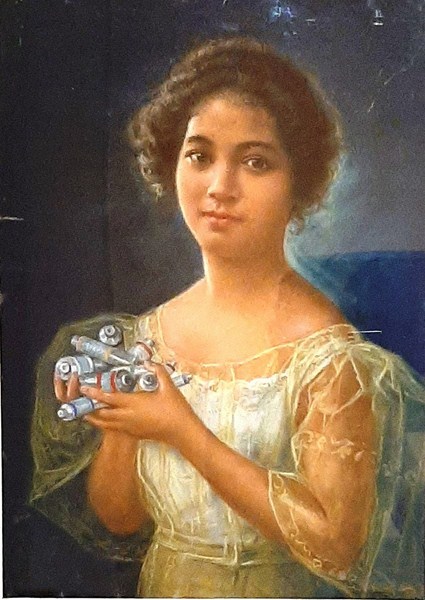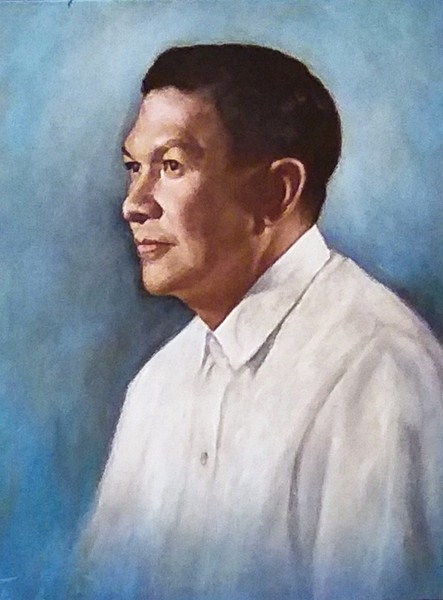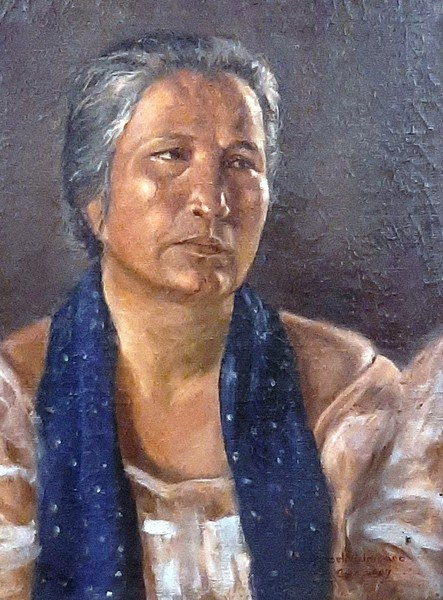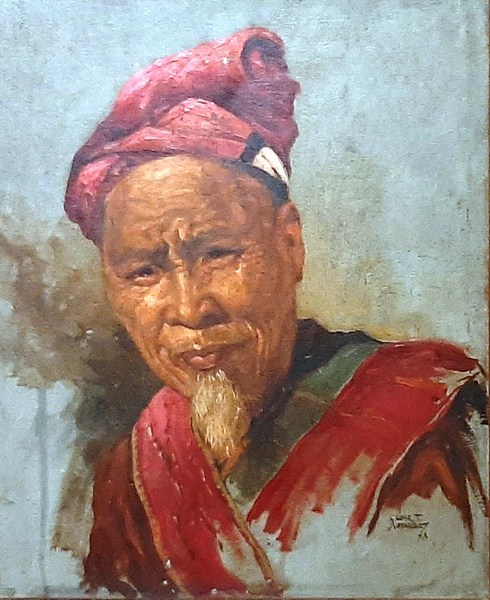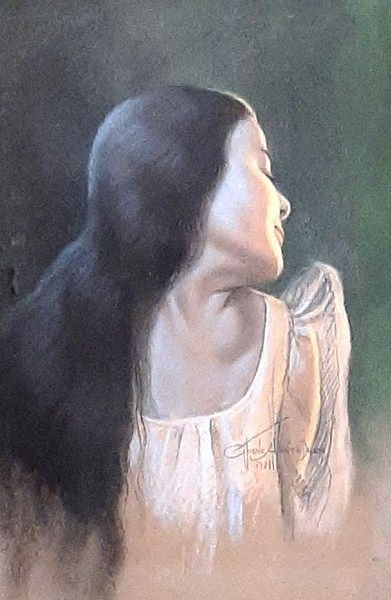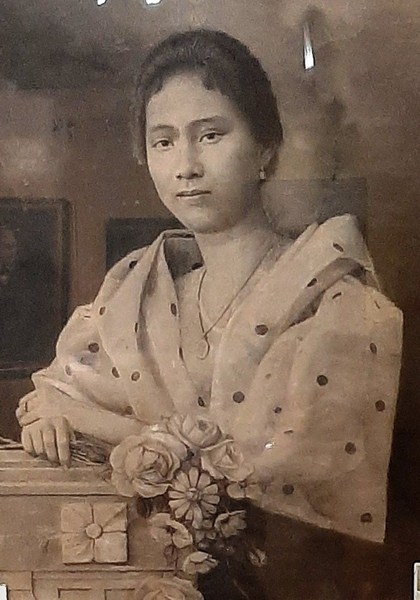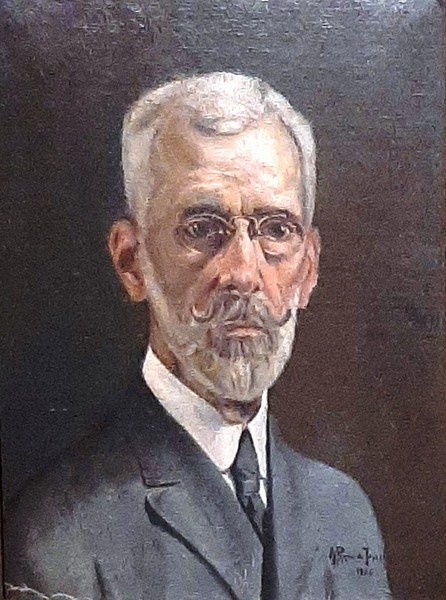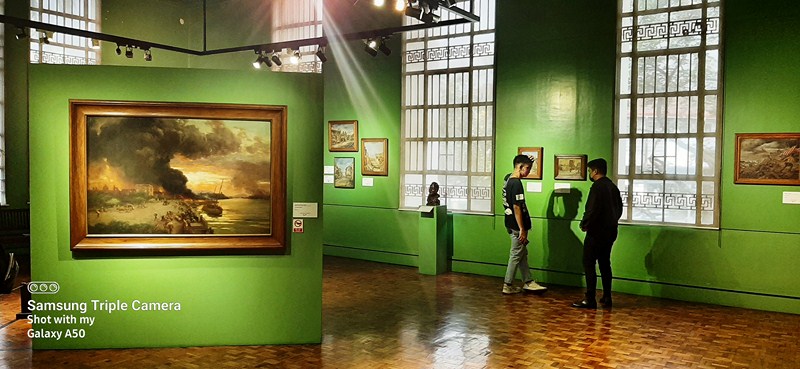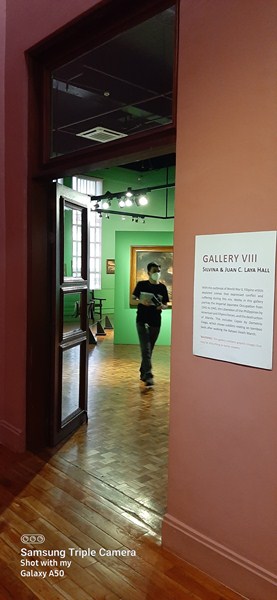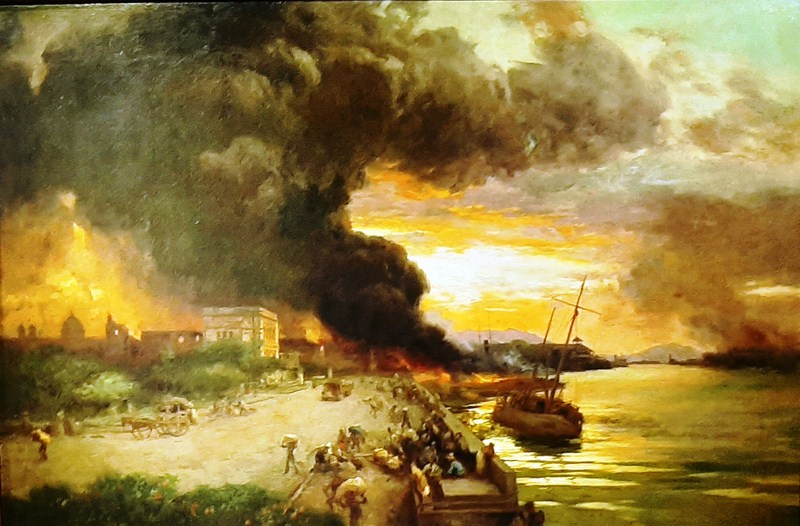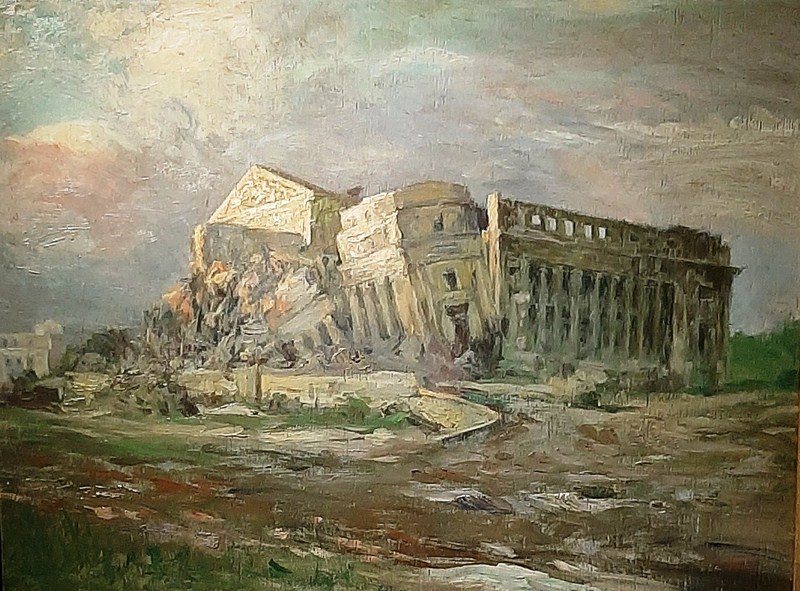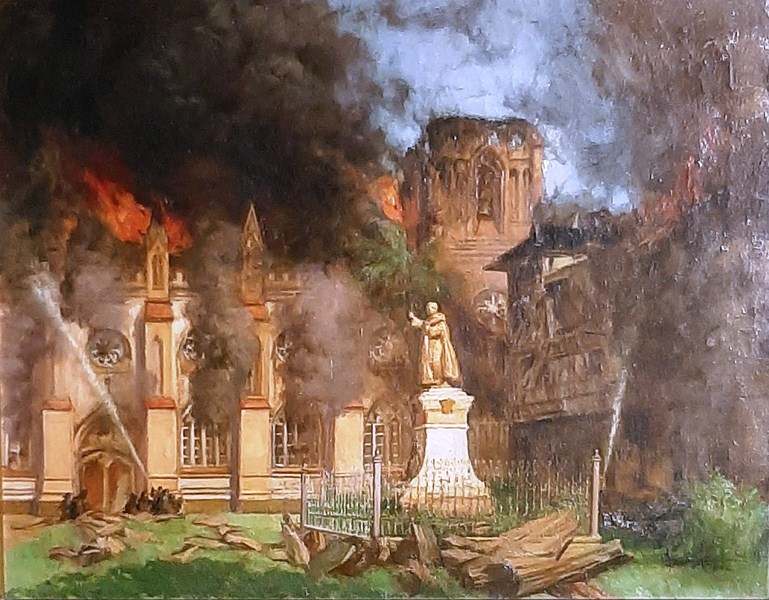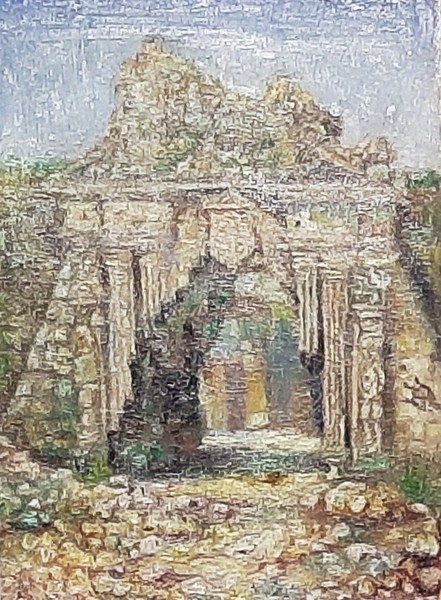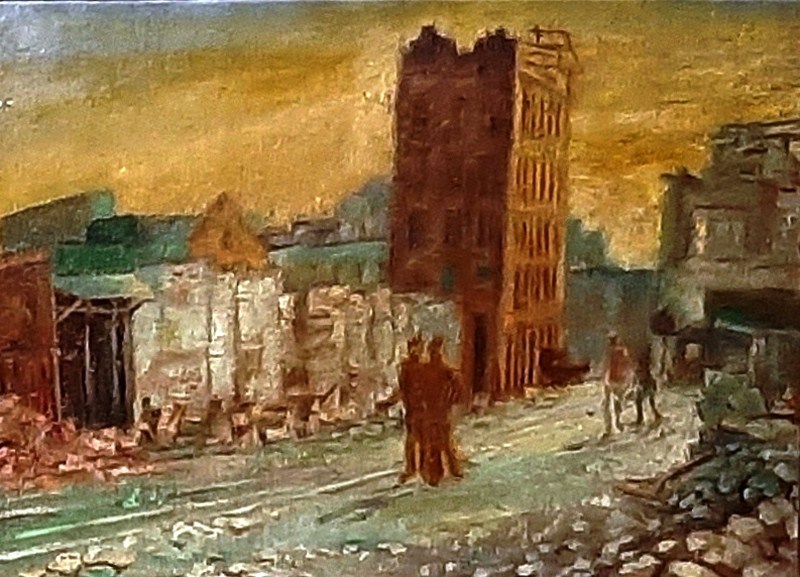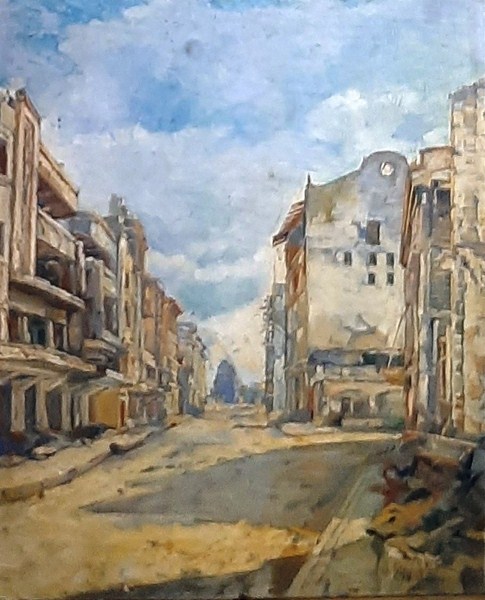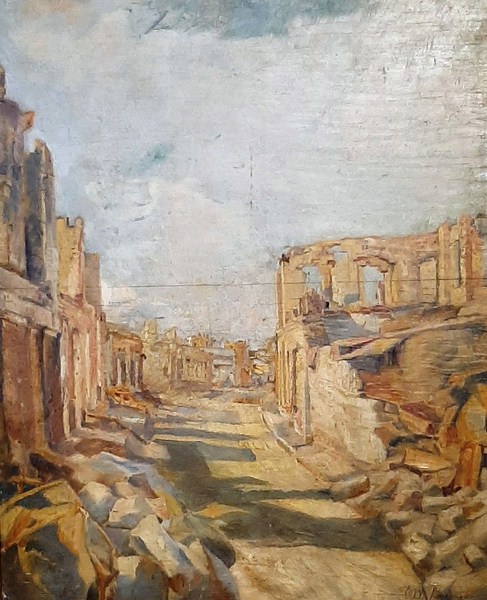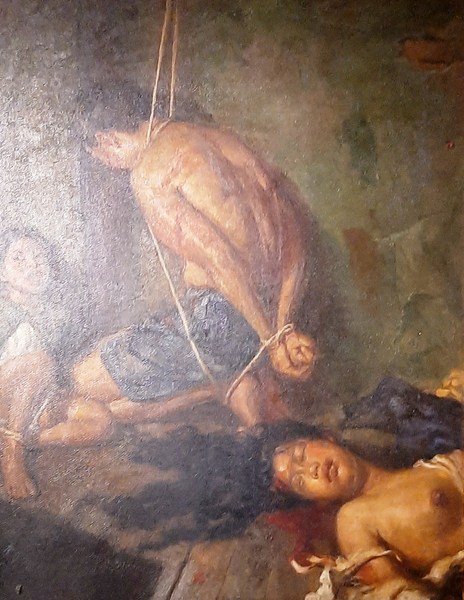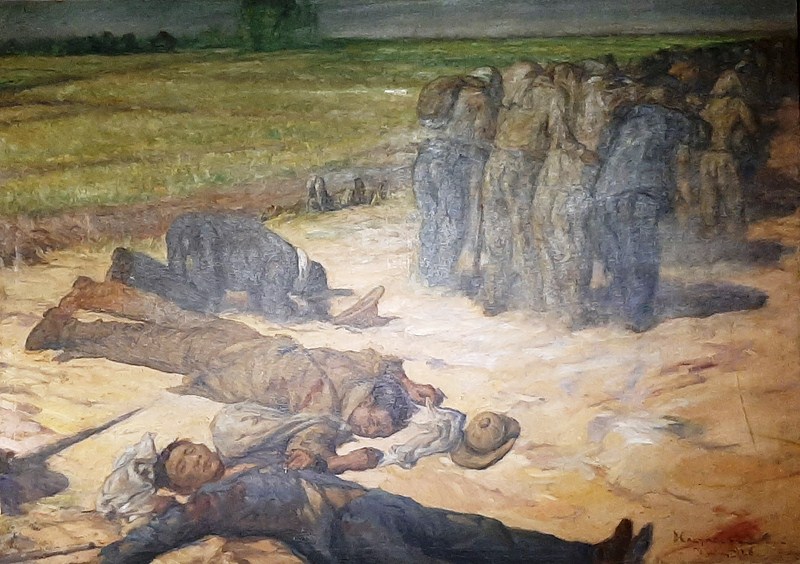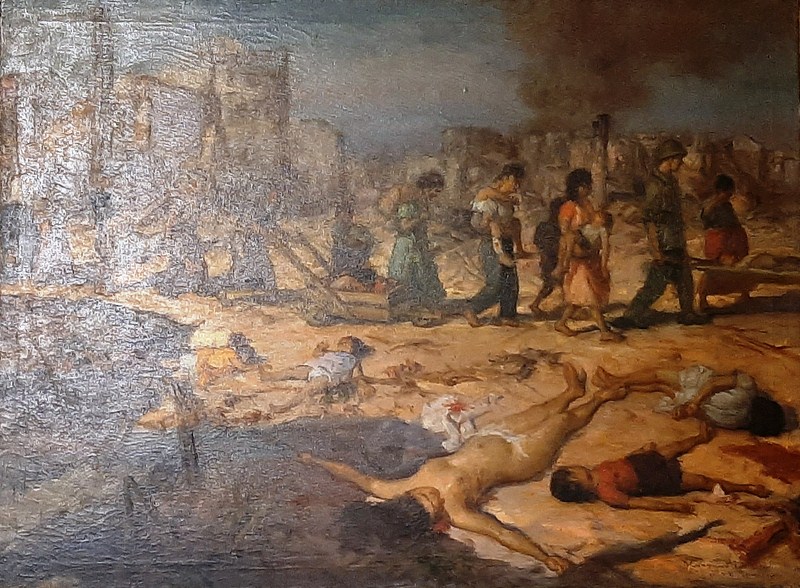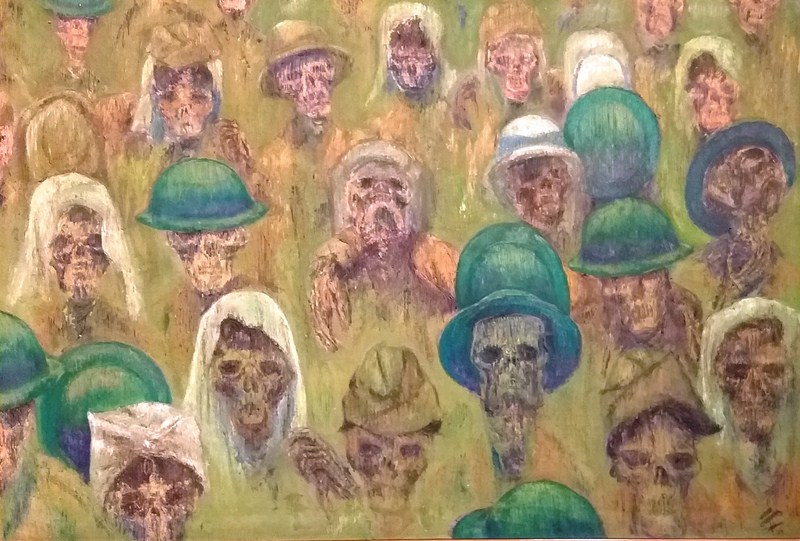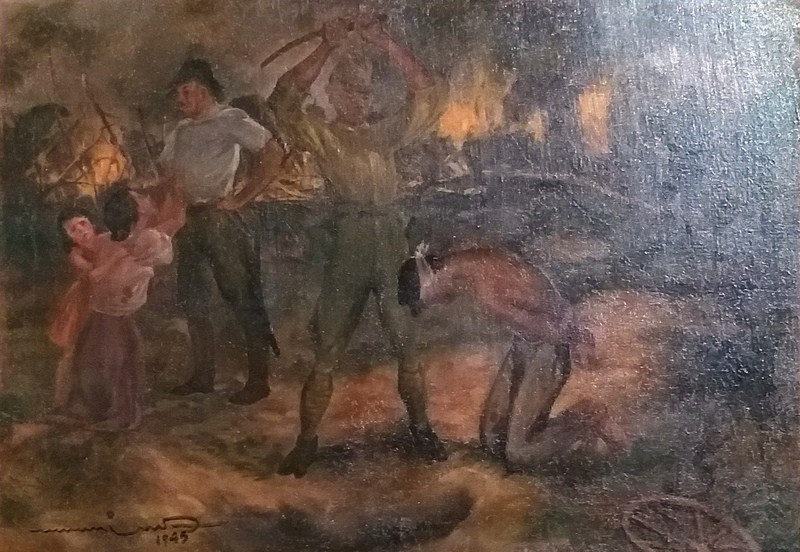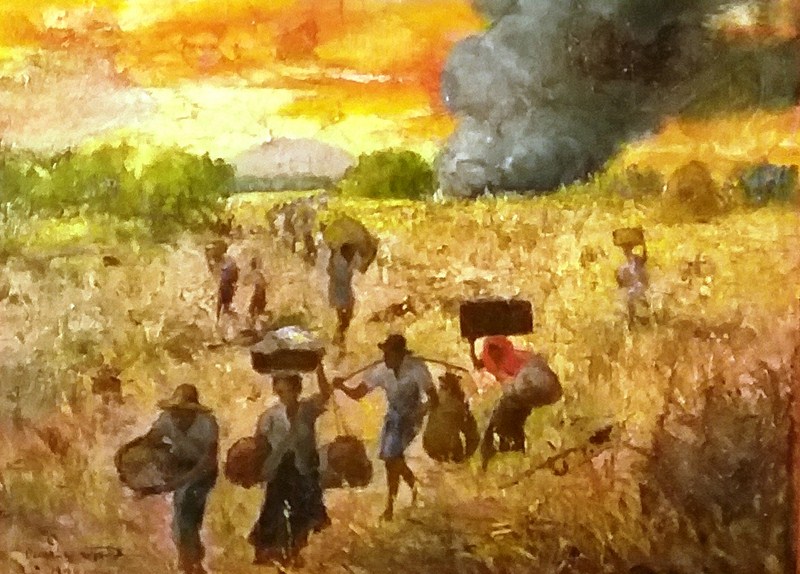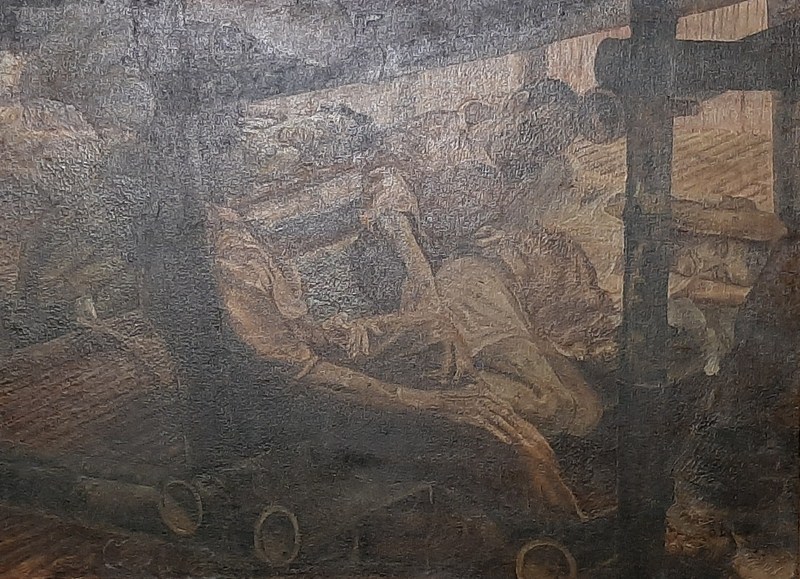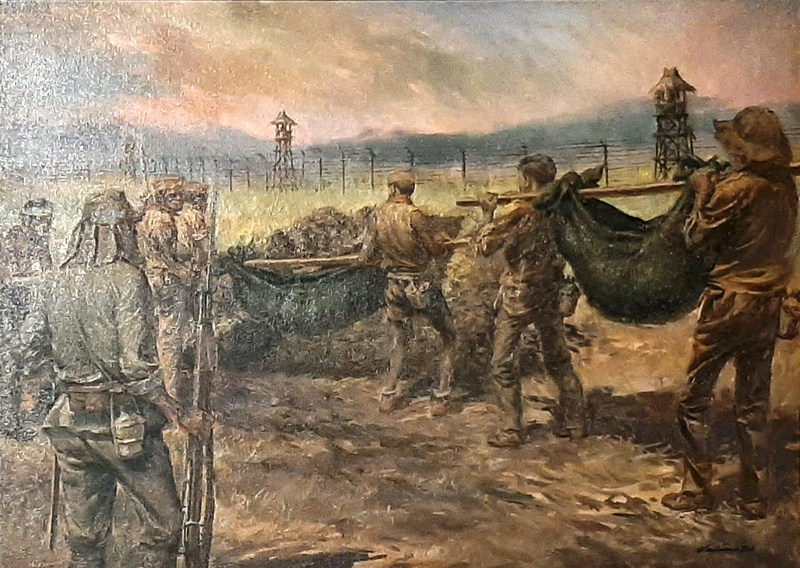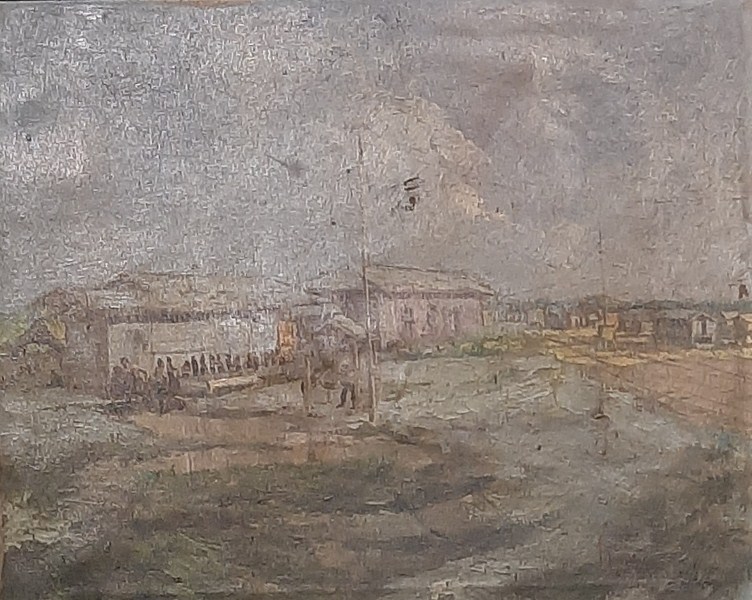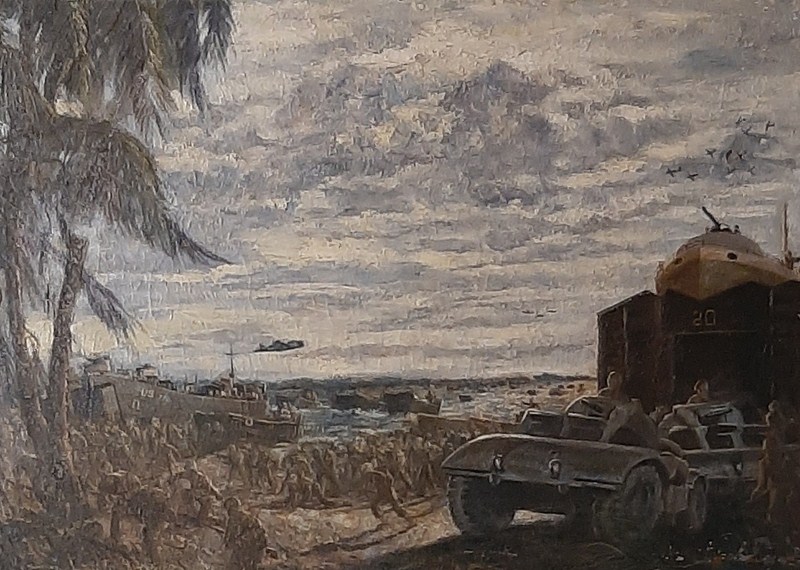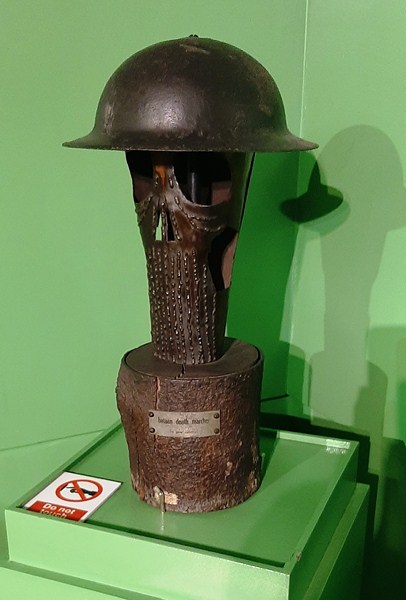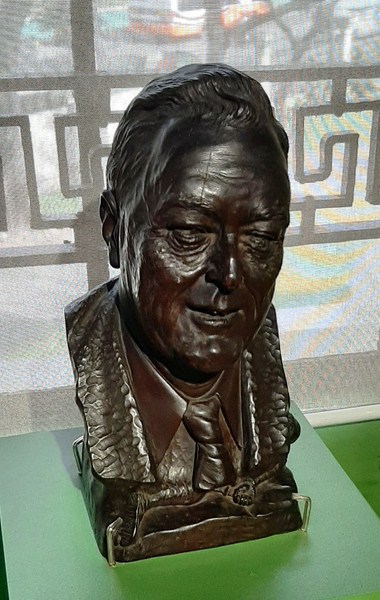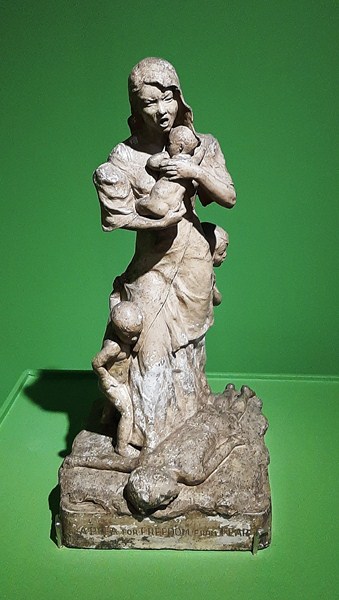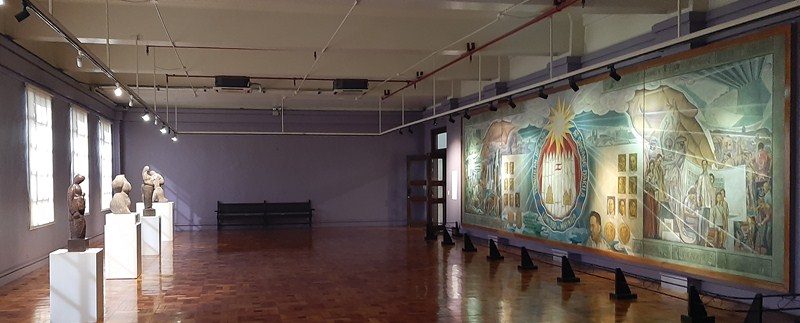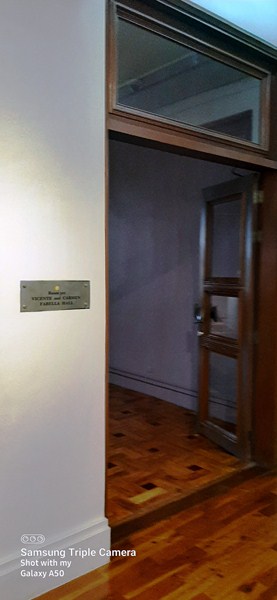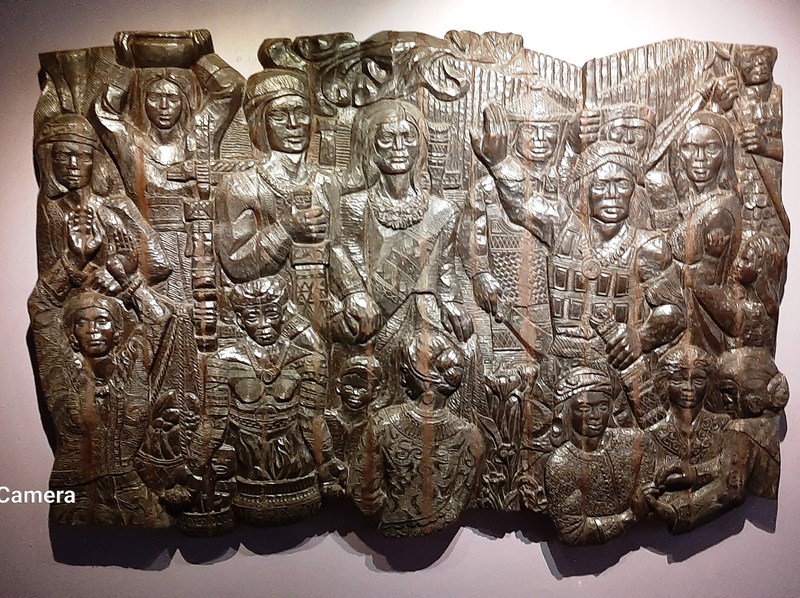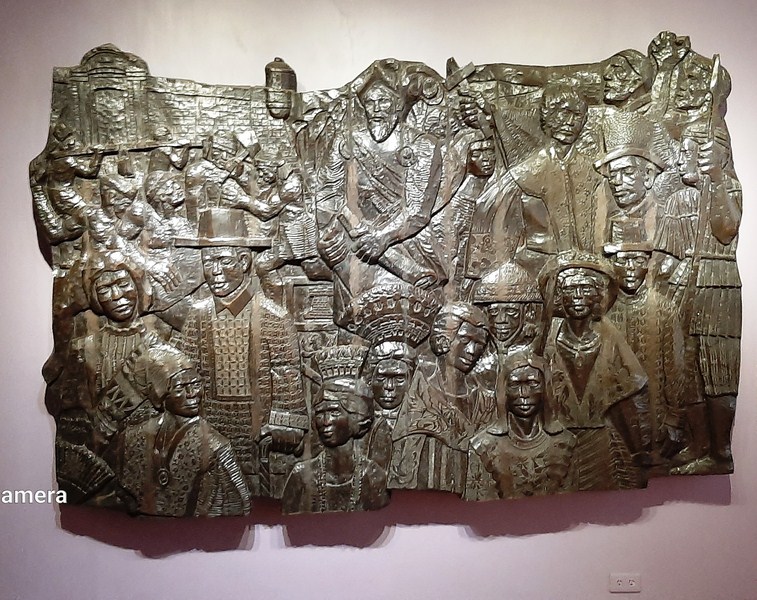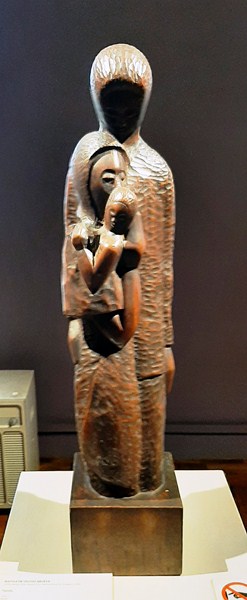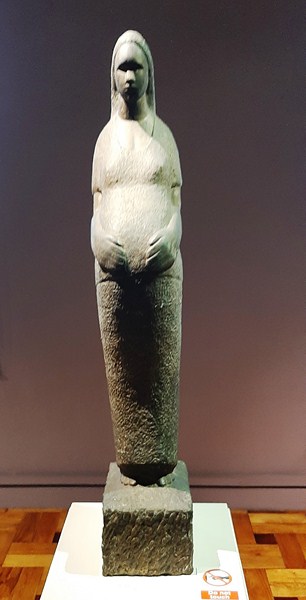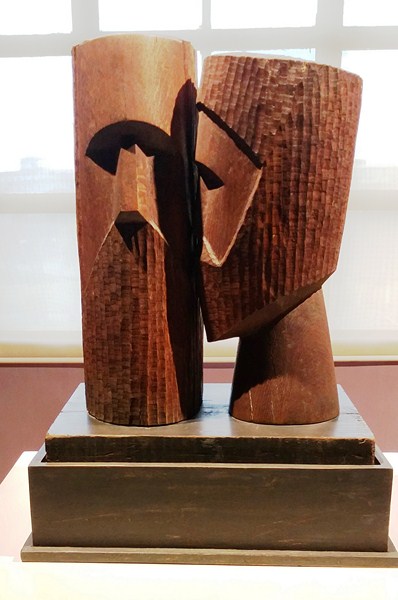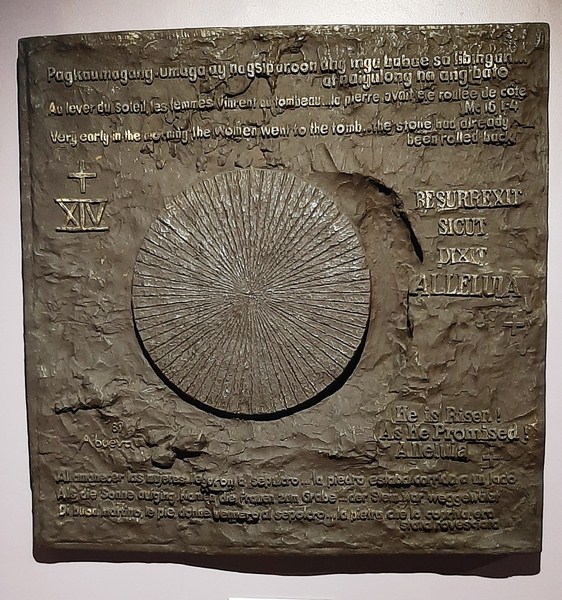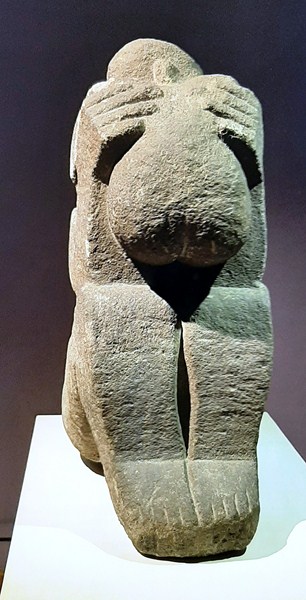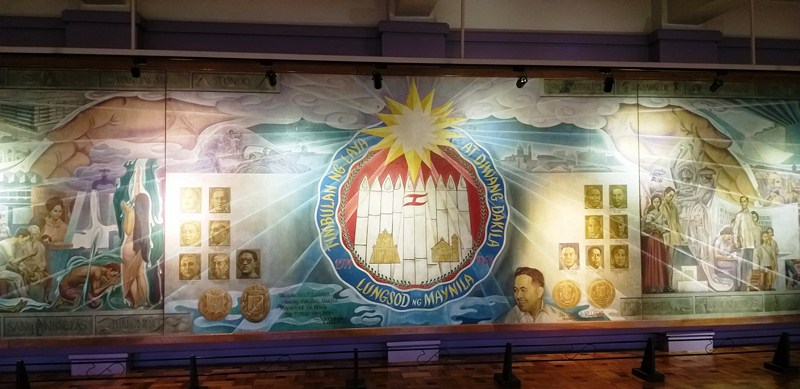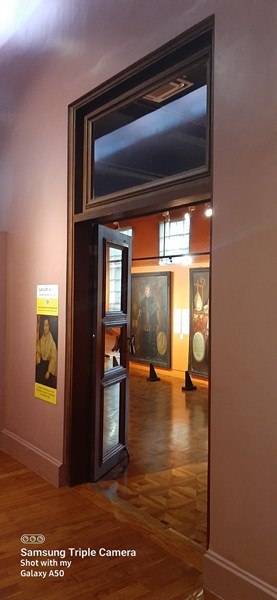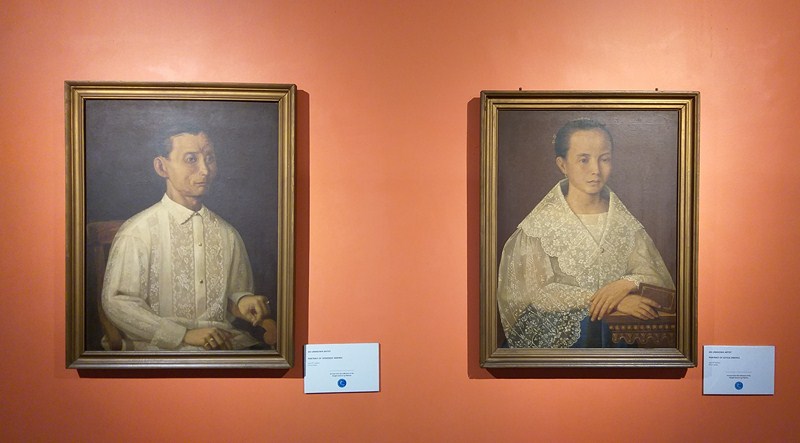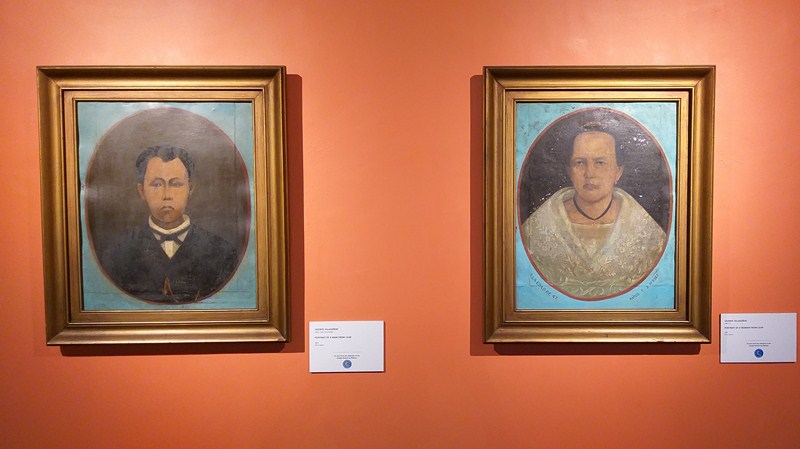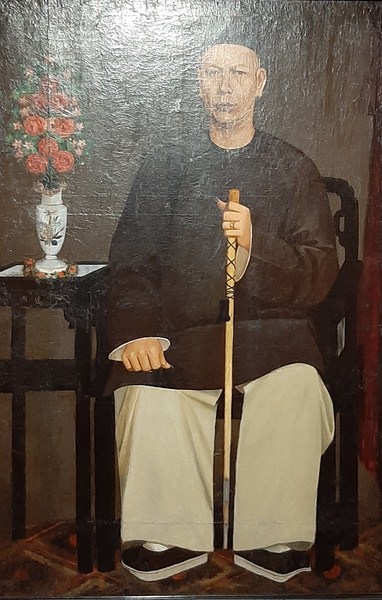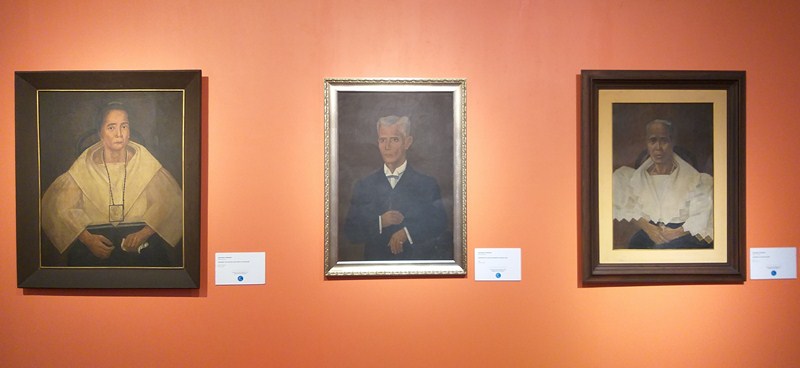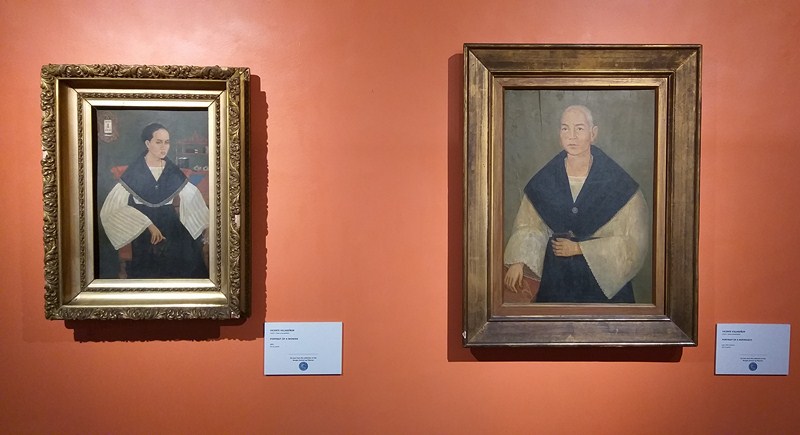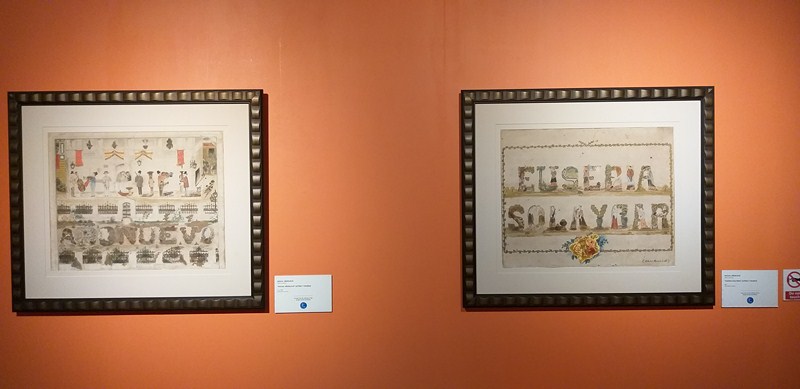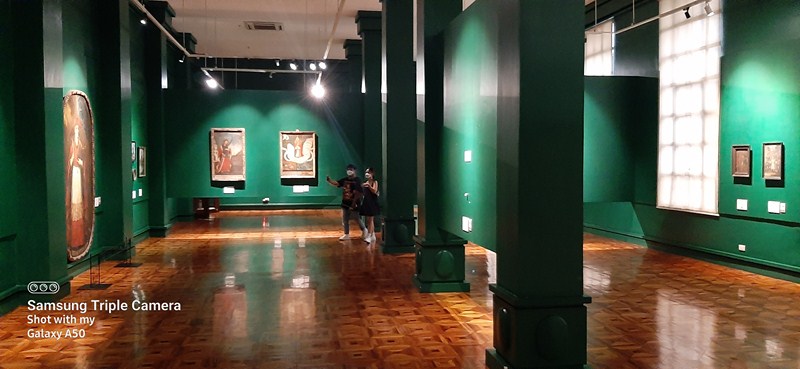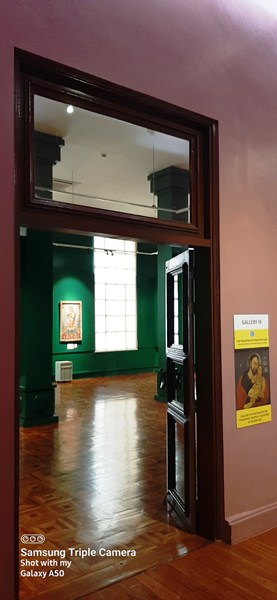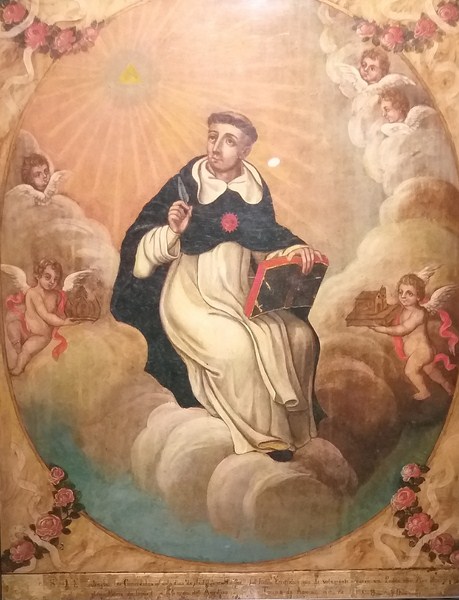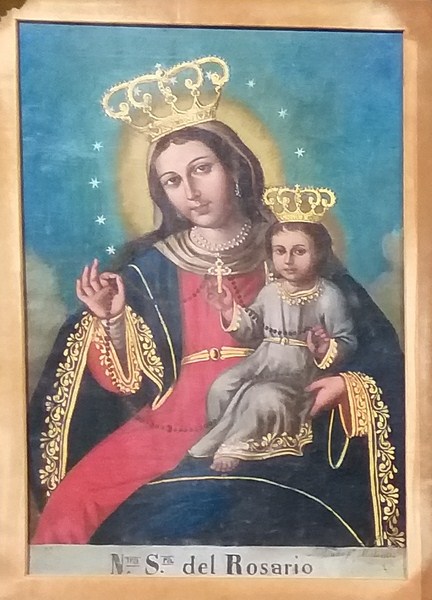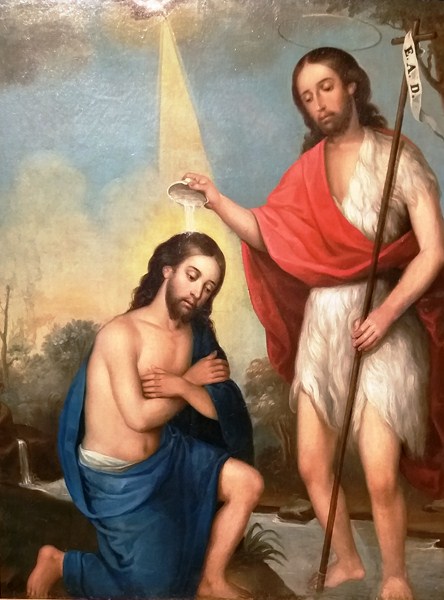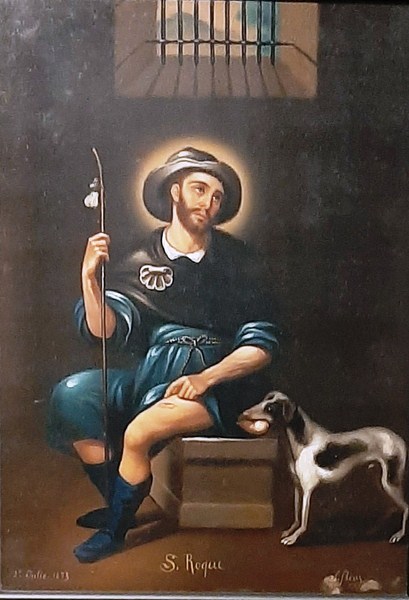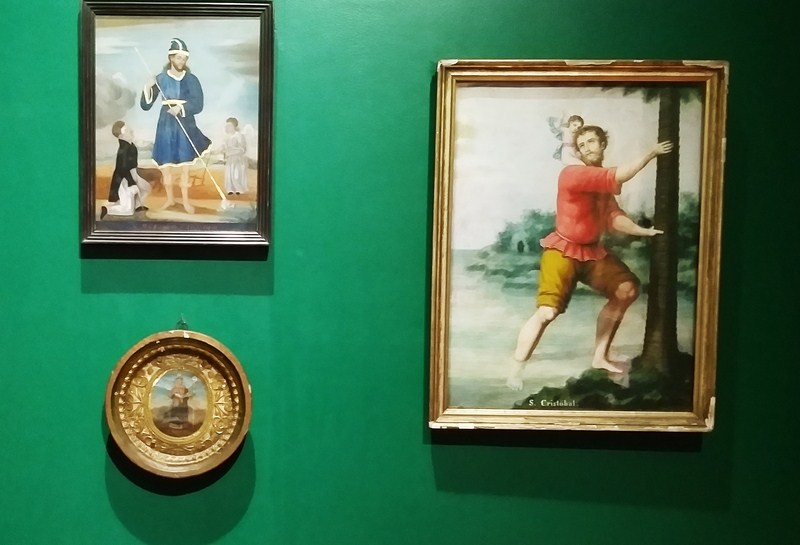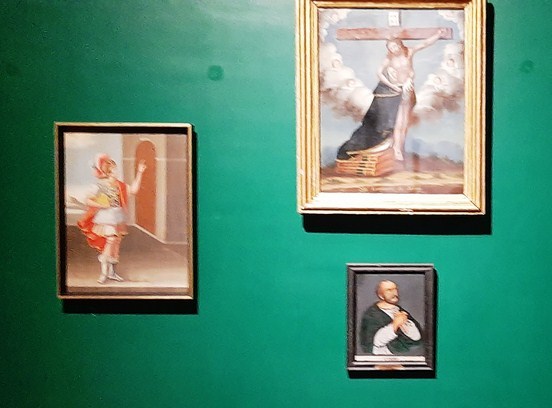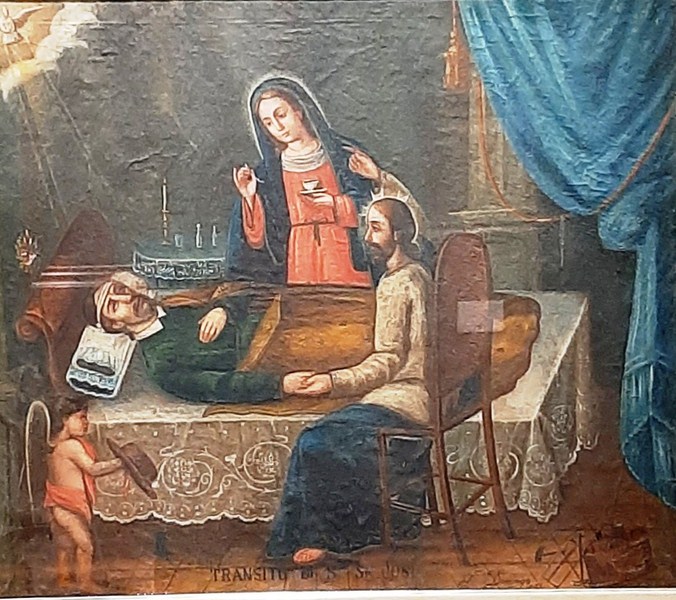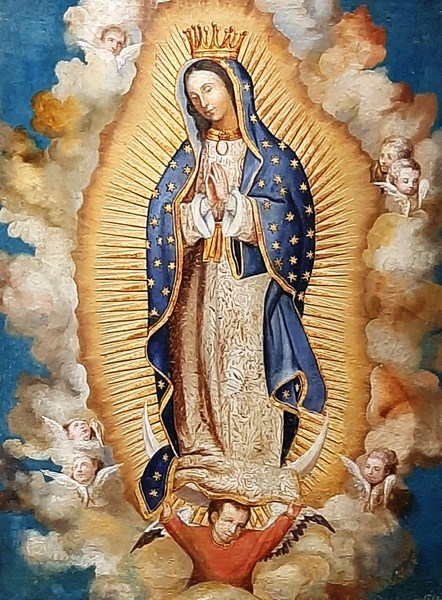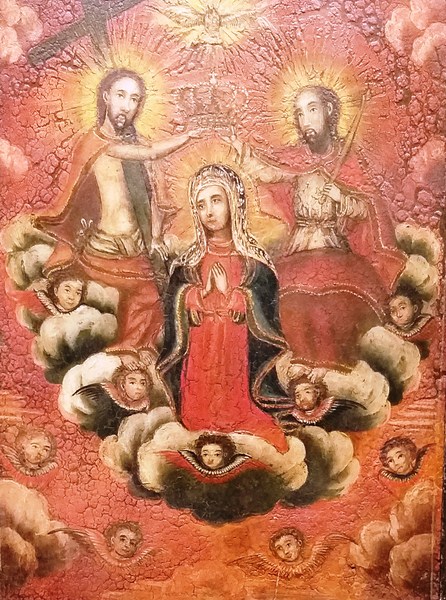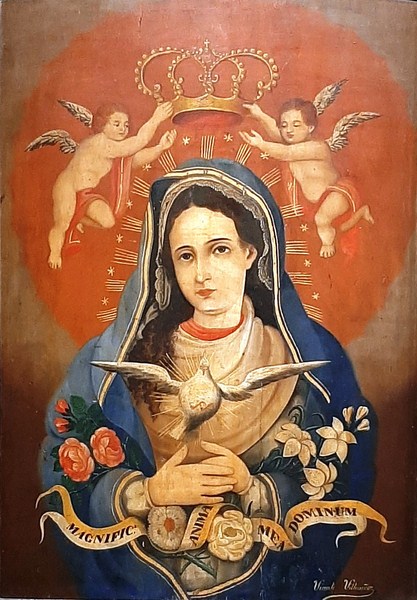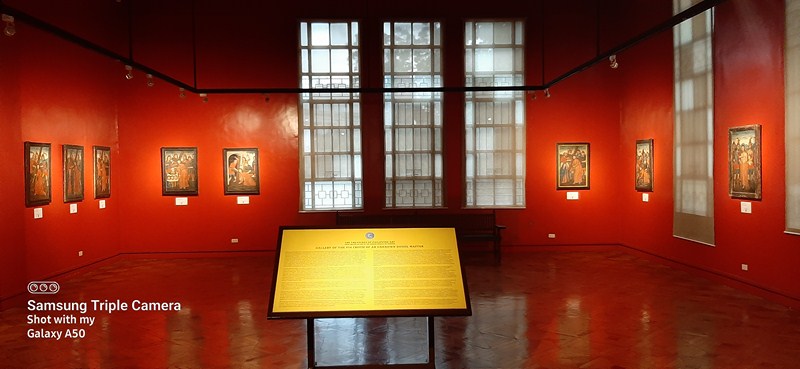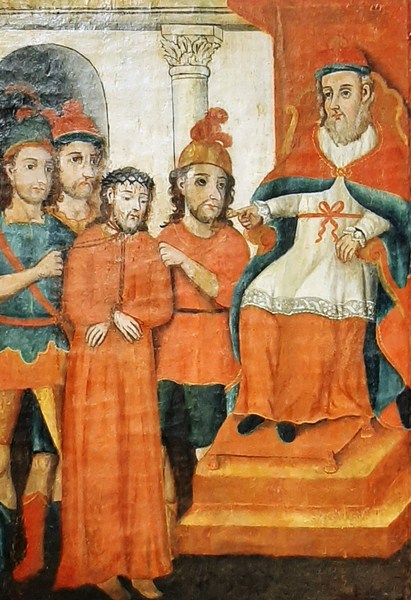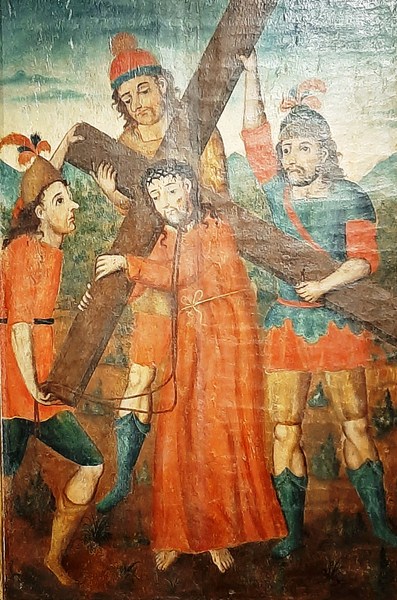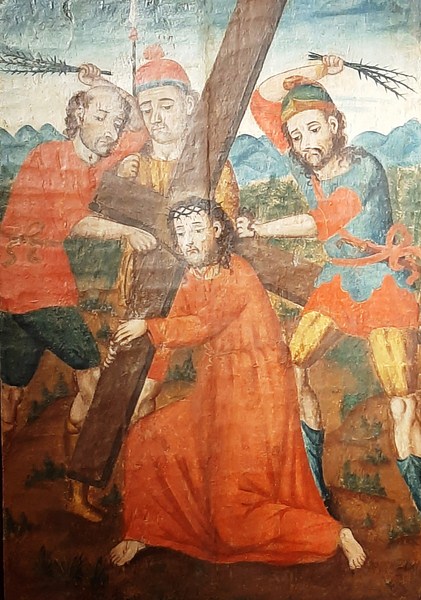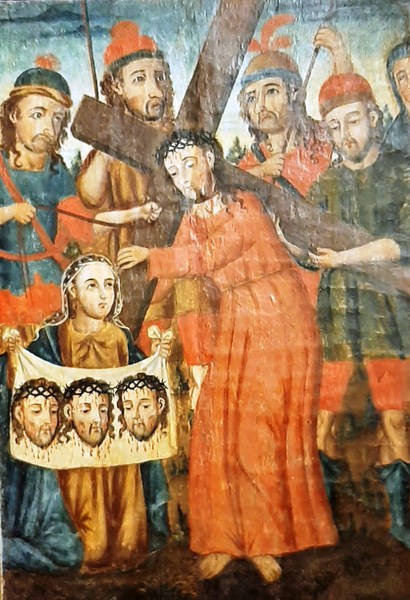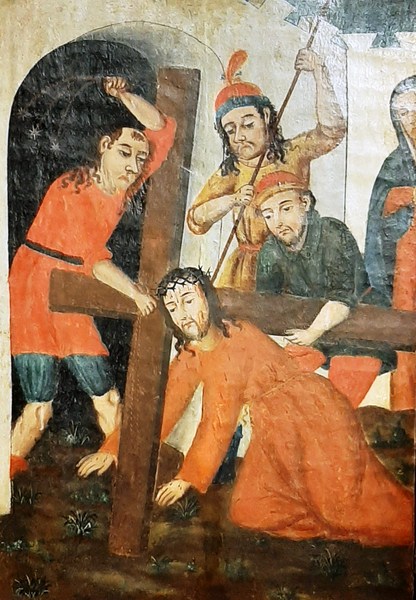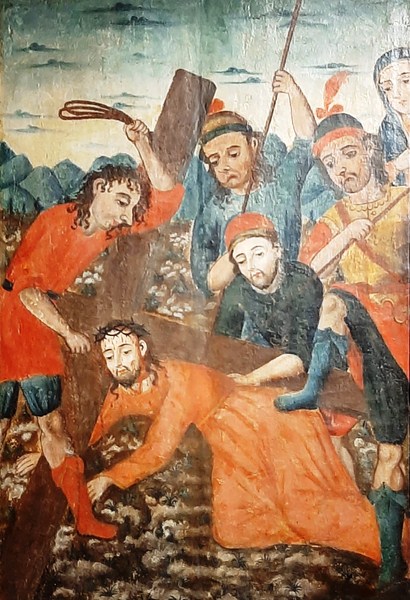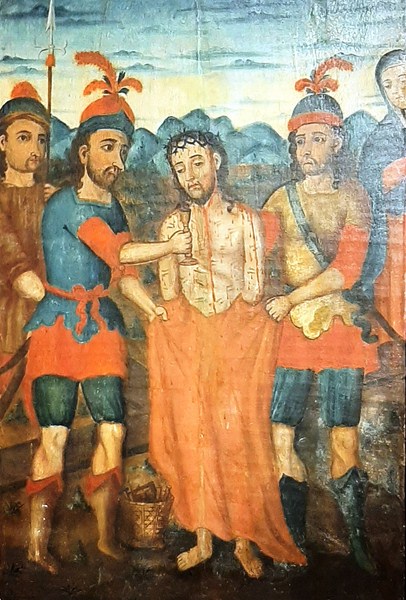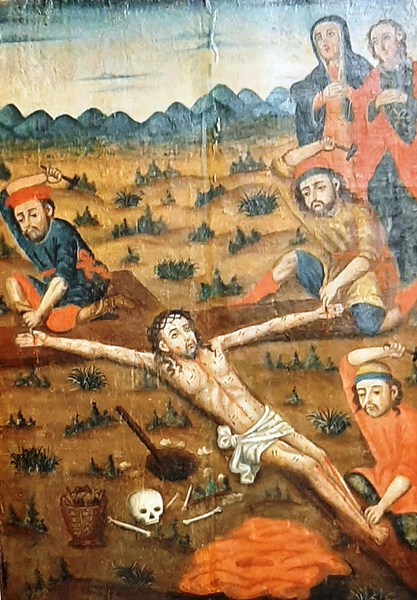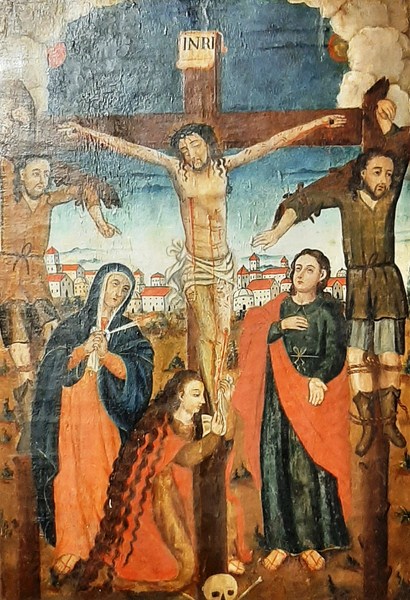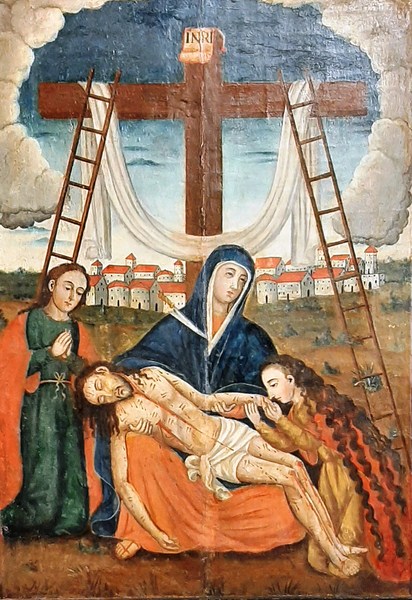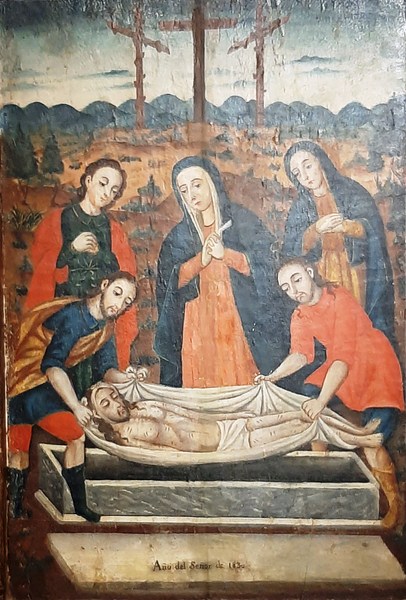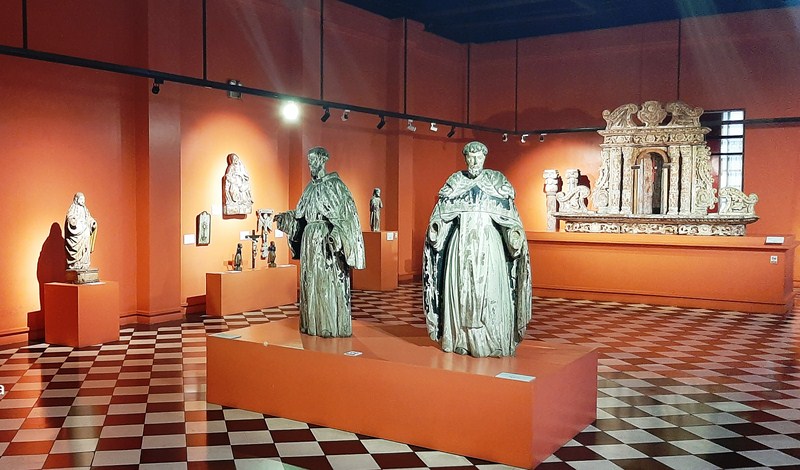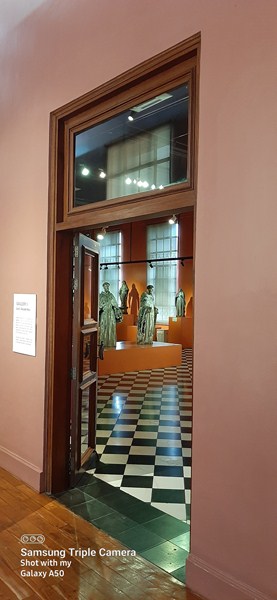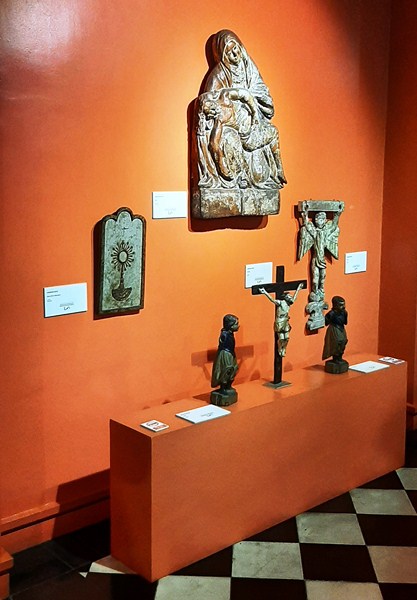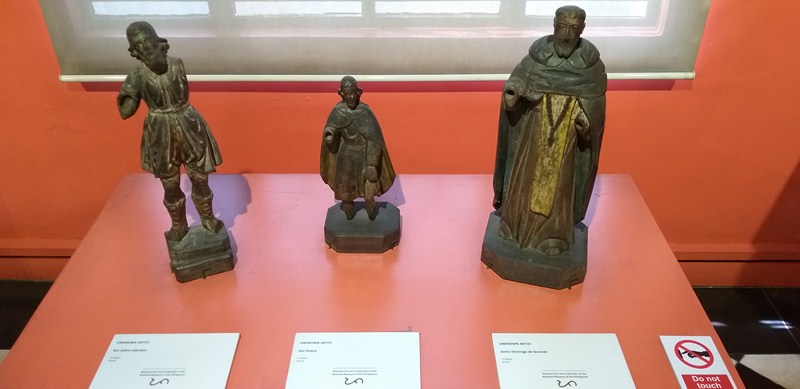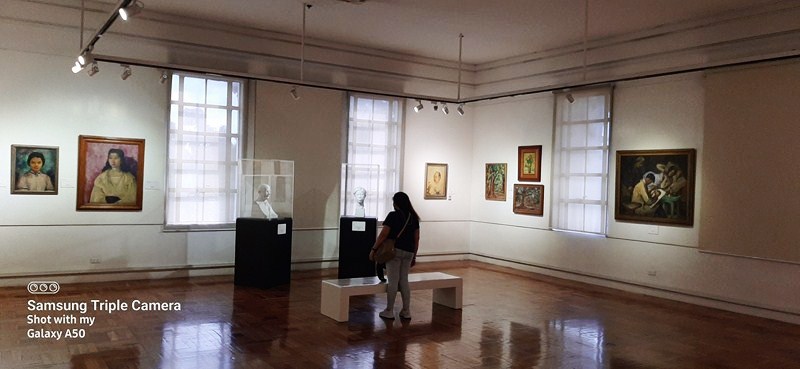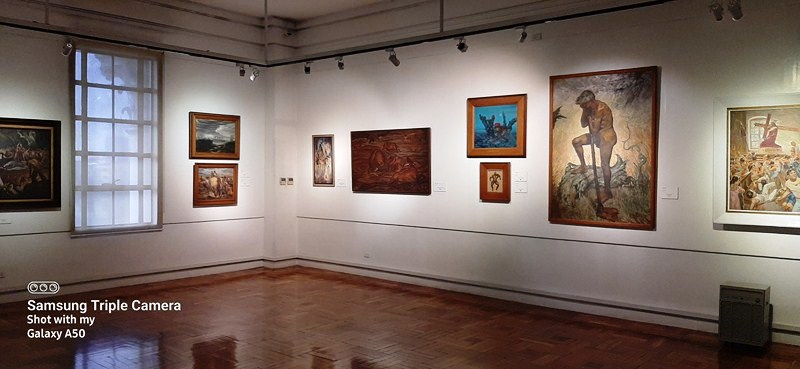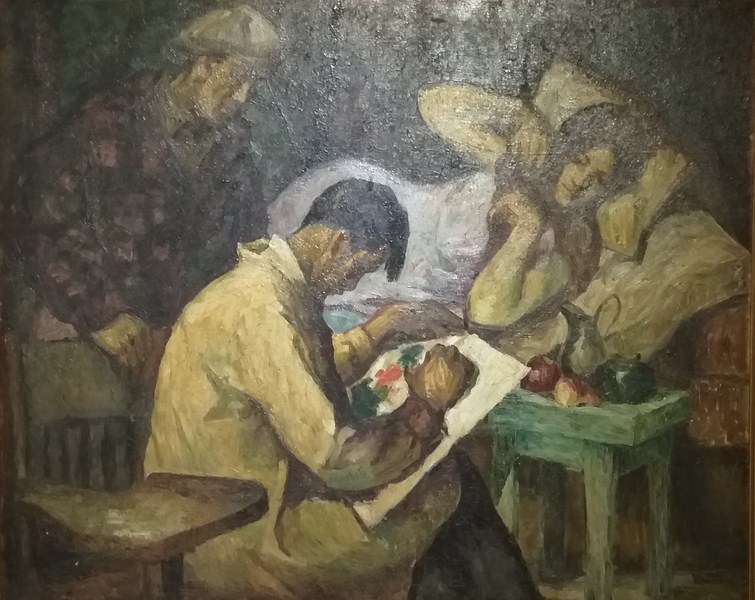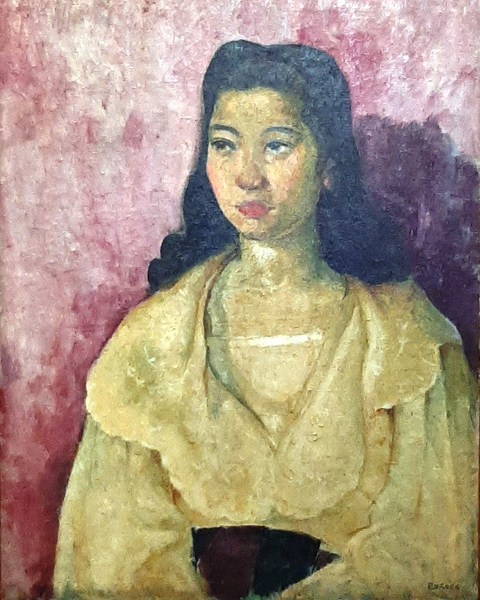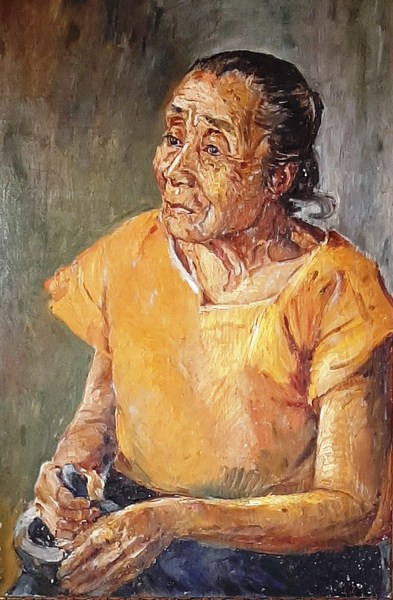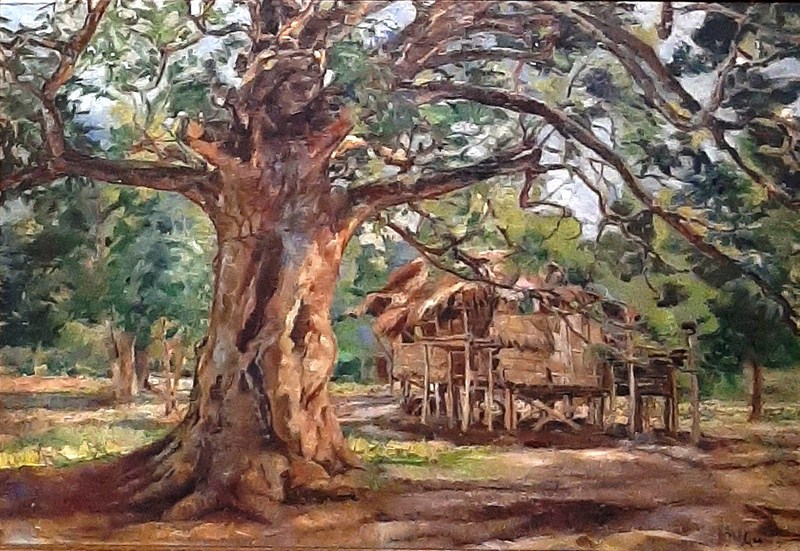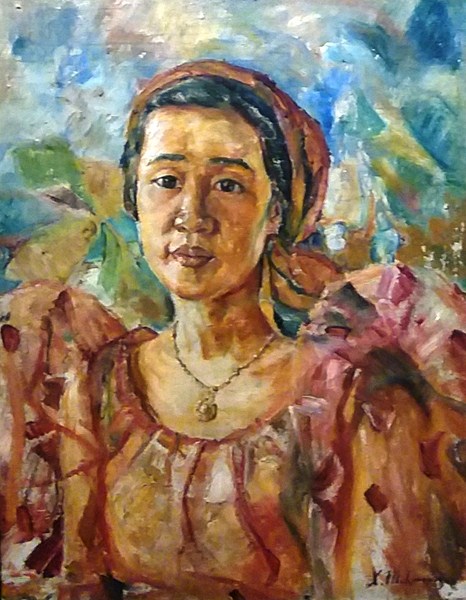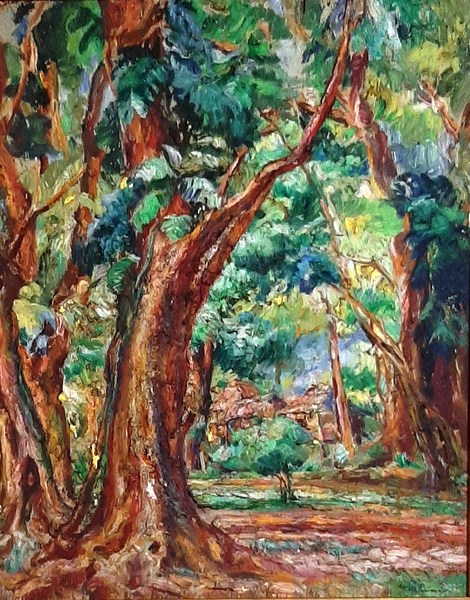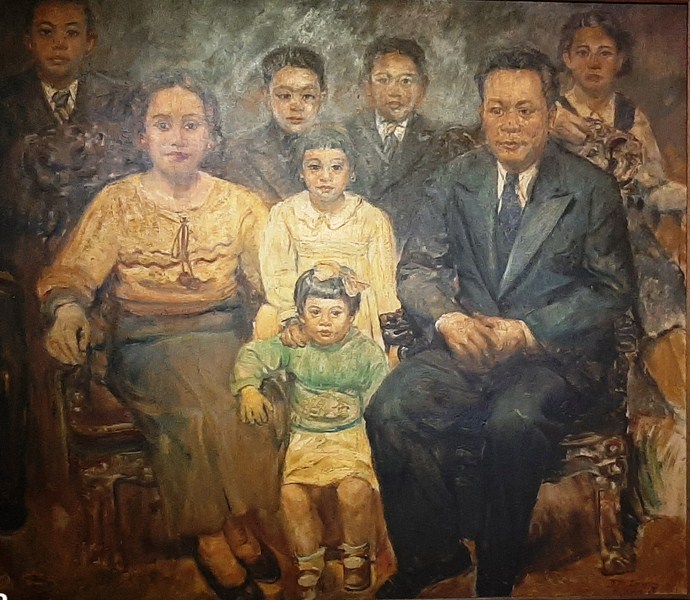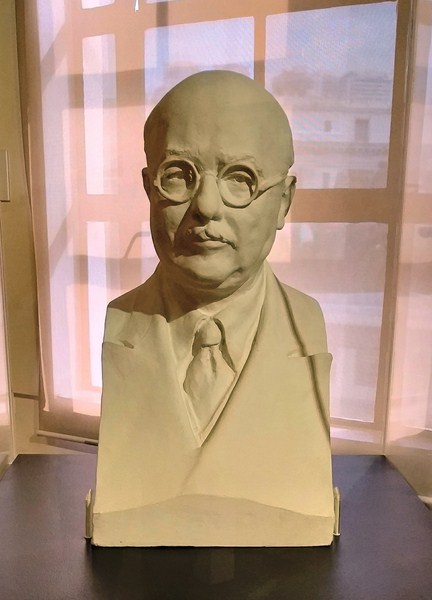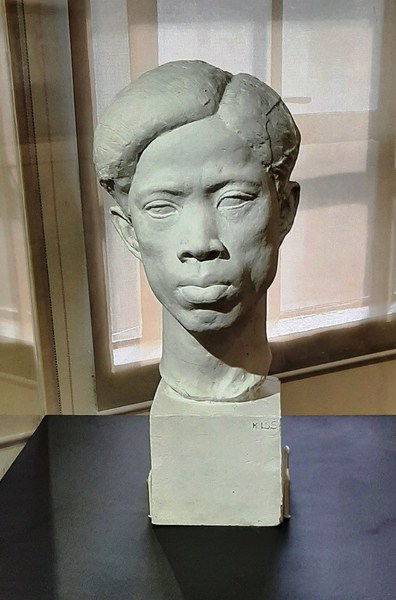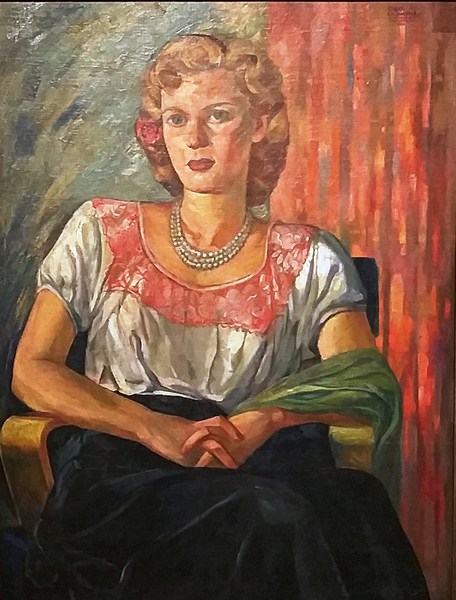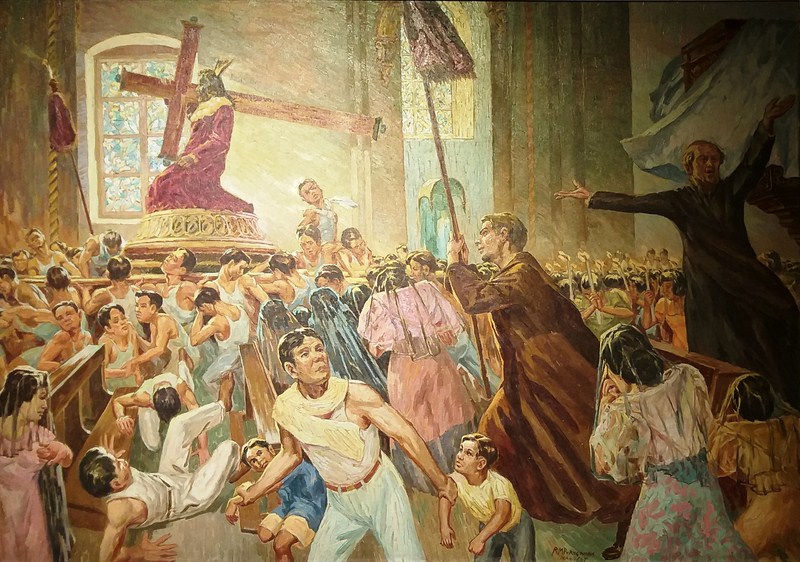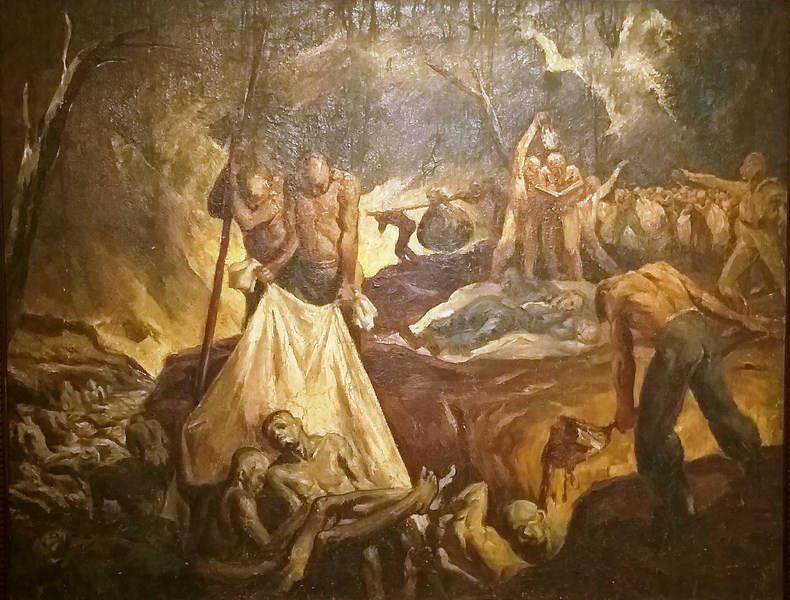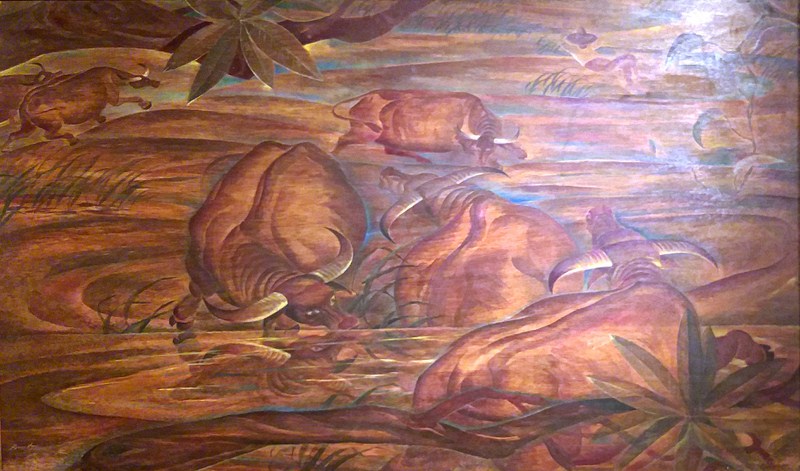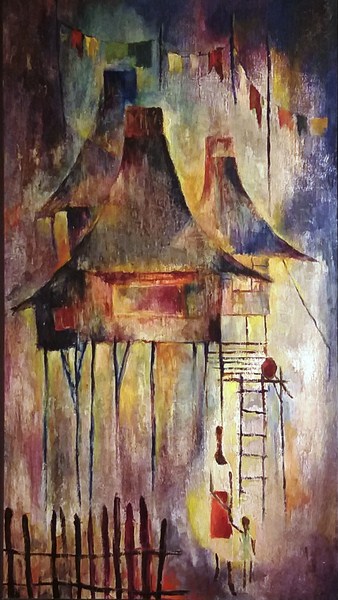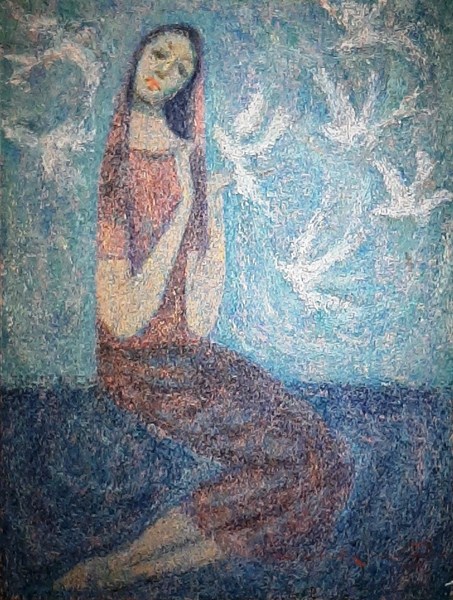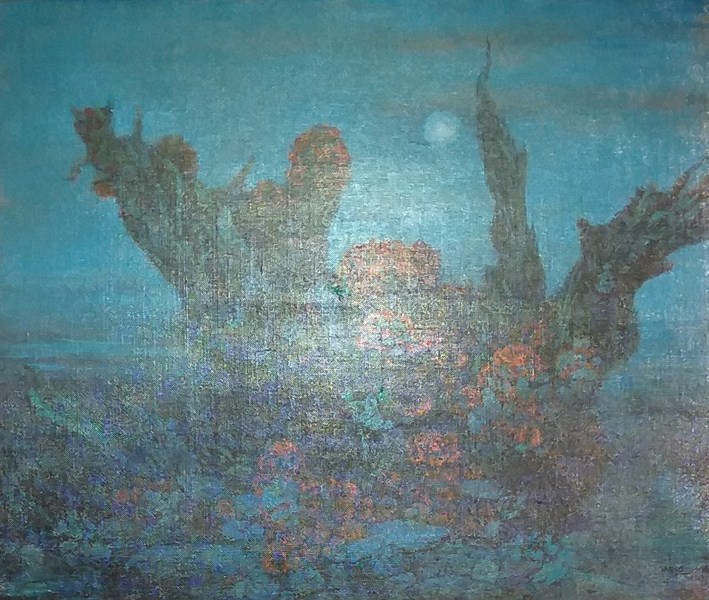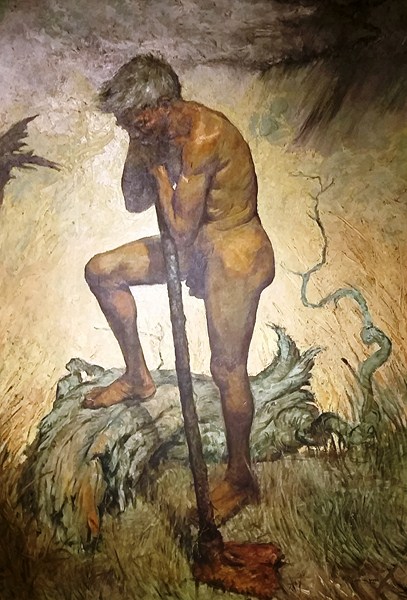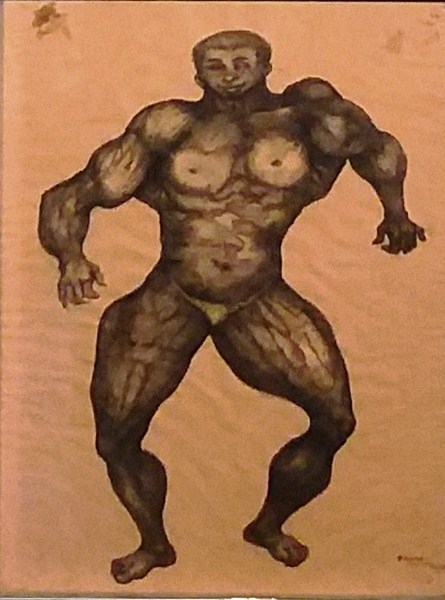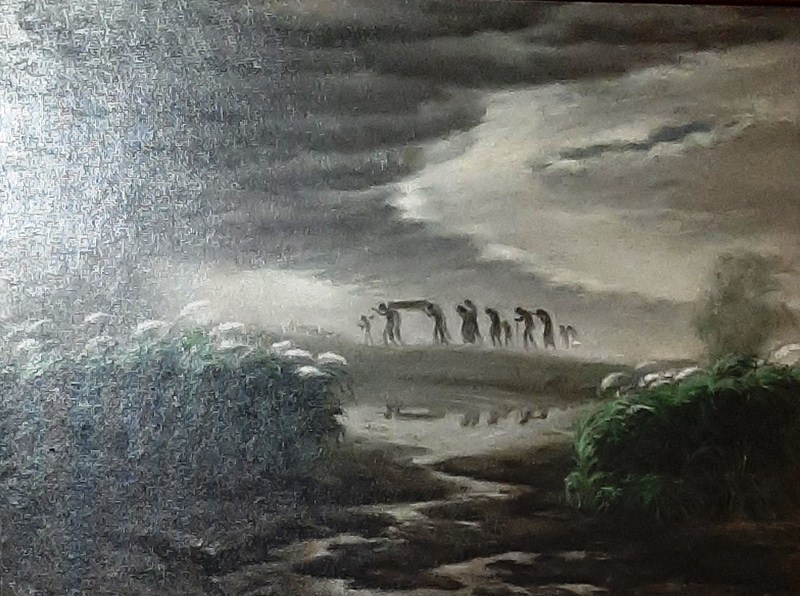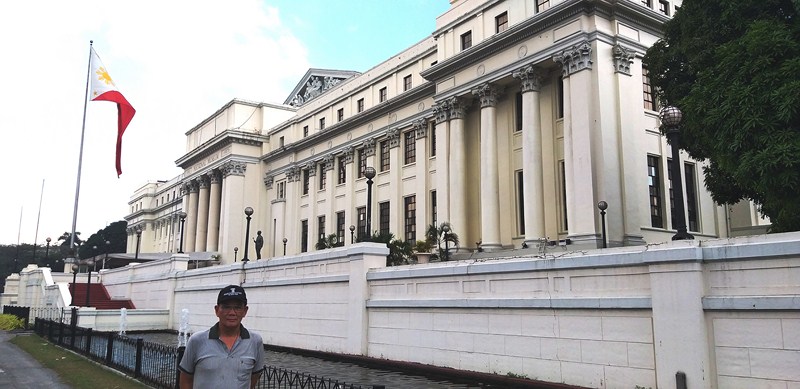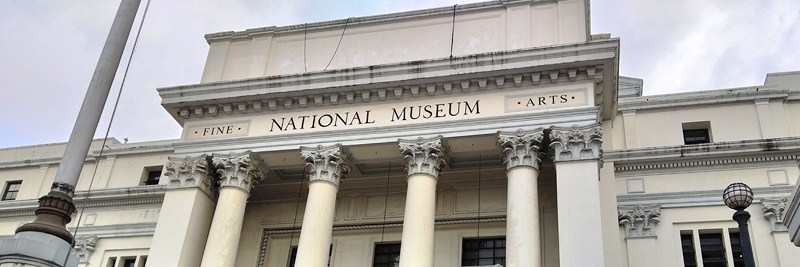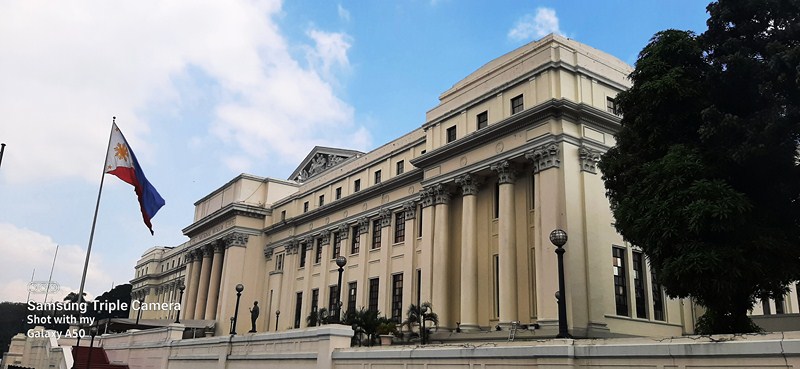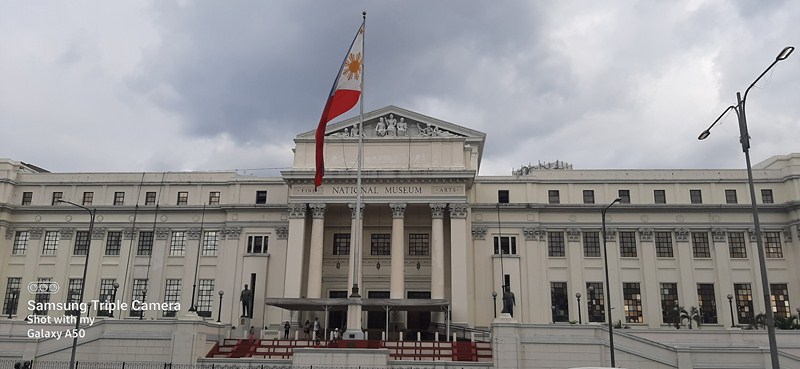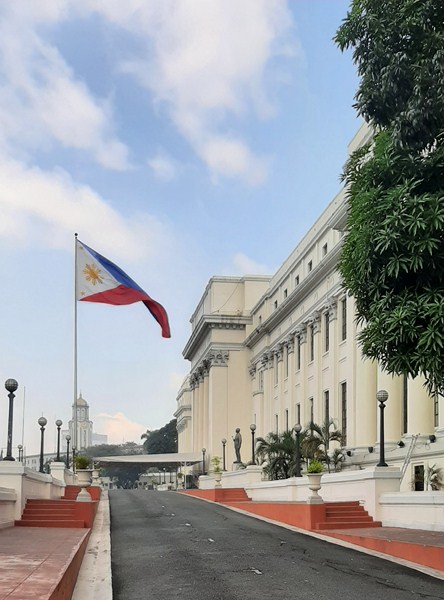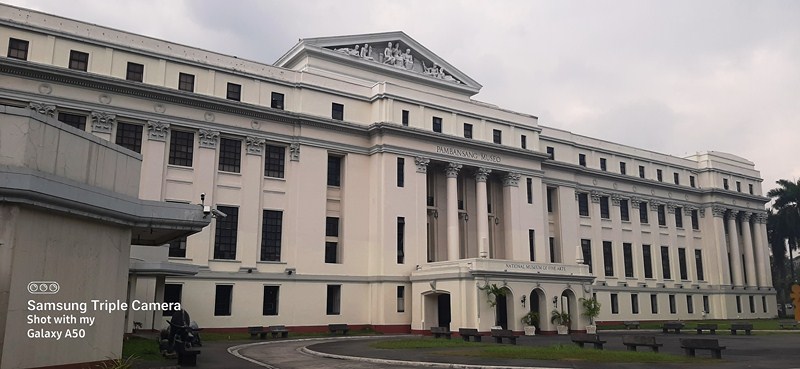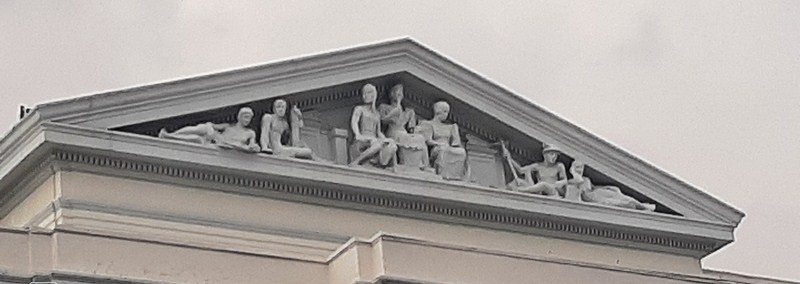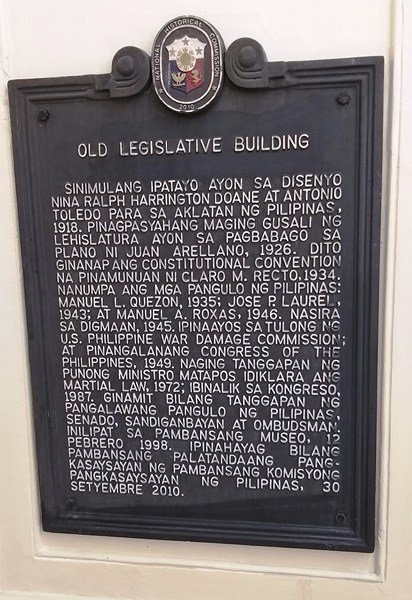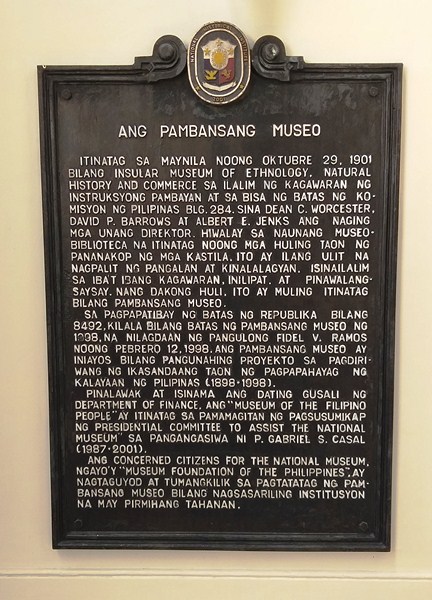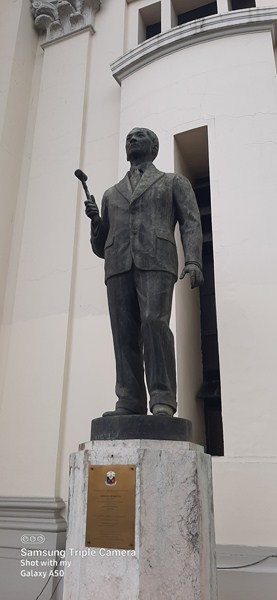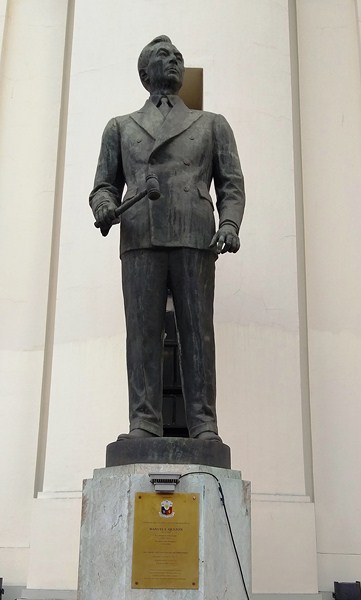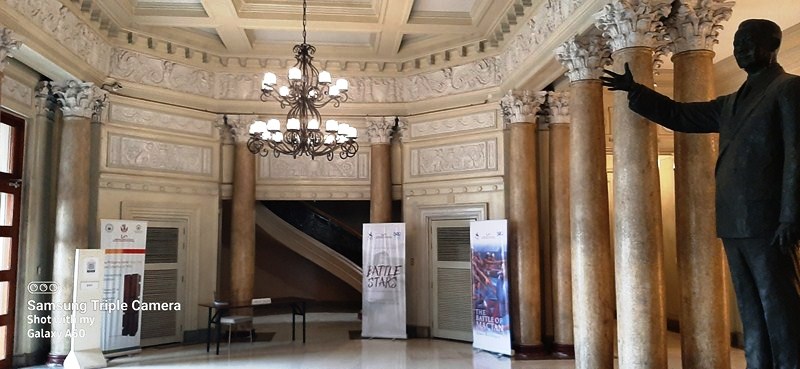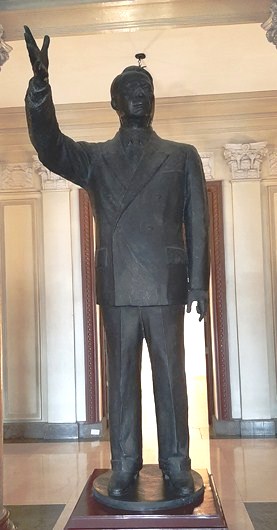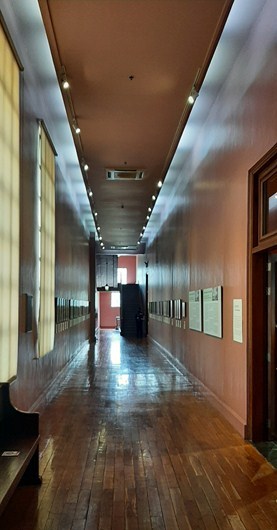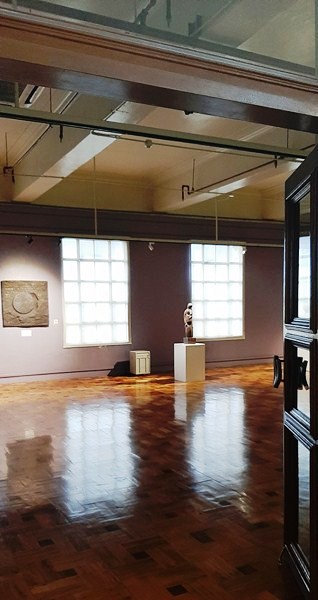Gallery IX, a permanent exhibit at the second floor of the National Museum of Fine Arts, features a collection of works of portraiture and Filipino types by artists under the Classical Realist School during 1903 to 1960 and works of portraiture by artists that are the pioneer and prolific during that period.
Check out “National Museum of Fine Arts”
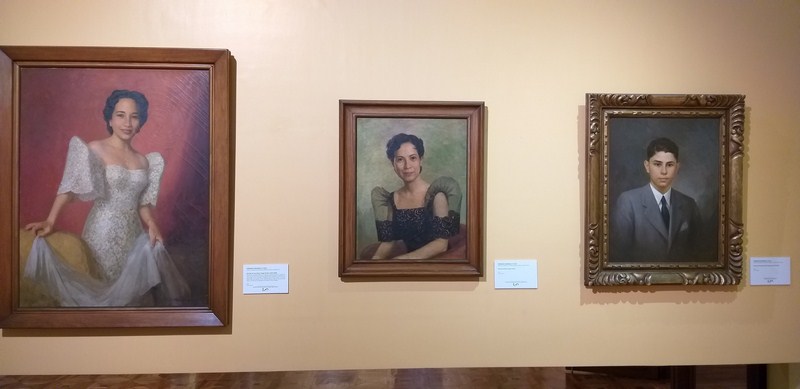
Oil on canvas portraits of Luisa Reyes Vergel de Dios (1956), Alicia Calleja Castro (1956) and Antonio Julio Trullench y de la Orden (1947), all by Fernando C. Amorsolo
National Artist Fernando Amorsolo (1892-1972), best known for his illuminated landscapes (which often portrayed traditional Filipino customs, culture, fiestas and occupations), was also a most sought-after portrait artist with commissions from many illustrious families.
On display in this gallery are his oil portraits of Presidents (General Emilio Aguinaldo, Manuel A. Roxas, Jose B. Laurel and Elpidio Quirino), American officials in the Philippines (Paul V. McNutt, Francis B. Harrison and Frank Murphy) and other prominent individuals such as Julieta Abad Rufino, Antonio Julio Trullench, Alicia Calleja Castro, Susana Bernardo Ramos, Felicidad Cruz Castro, Luisa Reyes Vergel de Dios, etc.).
The suit worn by President Manuel Roxas and the dresses worn by Susana Bernardo Ramos and Felicidad Cruz Castro, for their portraits by Fernando Amorsolo, are on also mounted on mannequins beside the portraits,
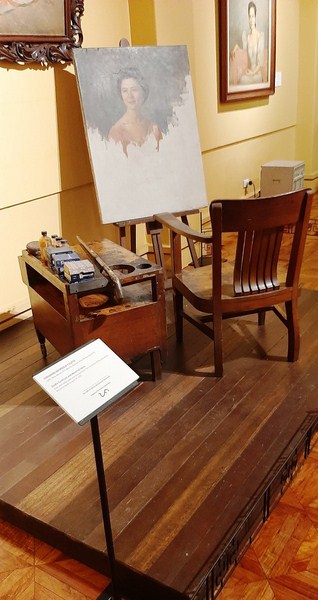
Studio furniture of Fernando Amorsolo. On the easel is the unfinished portrait of Florencia Singson Gonzales-Belo
Also on display are his assorted studio furniture such as his chair, painting trolley and easel with the unfinished portrait of Florencia Singson Gonzales-Belo,the mother of Vicky Belo.
Fabian de la Rosa (1869-1937), the uncle and mentor to Fernando Amorsolo, and to his brother Pablo Amorsolo (1898-1945, his Mestiza, ca. 1920 Portrait of Fabian de la Rosa and Portrait of Padre Mariano Gomez are also on display), is regarded as a “master of genre” in Philippine art. He is well known for his realistic portraits.
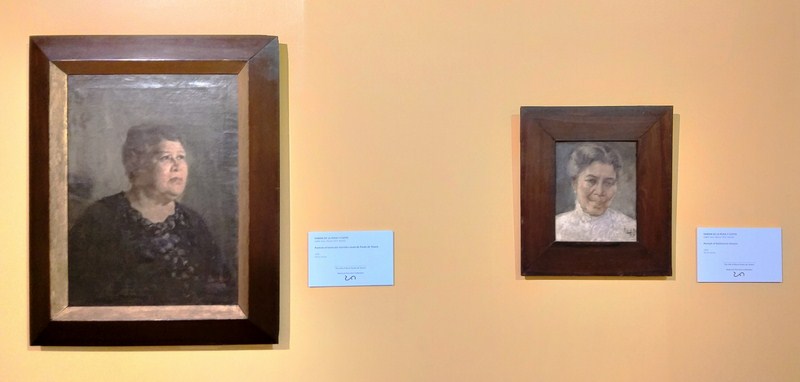
Portraits, by Fabian de la Rosa, of Gertrudis Gorricho viuda de Pardo de Tavera (oil on canvas) and Baldomera Alveyra (1919, oil on canvas)
On display here are his portraits of Apolinario Mabini (1911), Baldomera Alveyra (1919), William Atkinson Jones, Gertrudis Gorricho (widow of Pardo de Tavera) and Juan Luna. Also on display are type studies of a Country Lass (1933) and Head of a Spanish Lady (1918).
Pedro V. Coniconde (1901-1974) was an art director of the Philippine Herald and illustrator for the Tribune whose art specializes in Spanish-style cartoon/illustrations.
Studies for portraits of Jose Rizal, Andres Bonifacio and Emilio Aguinaldo (Pedro Coniconde, 1953, oil on board)
On display in the gallery are a oil on board studies for the portraits of Jose Rizal, Andres Bonifacio and Emilio Aguinaldo and oil on canvas portraits of presidents Ramon Magsaysay (195) and Carlos P. Garcia (1958), all rendered in incredibly fine hatchings, cross-hatchings, and stipplings.

Portraits of Jose Corazon de Jesus (1938) and Francisco Balagtas (1935), both oil on canvases by Zosimo Dimaano
Zosimo F. Dimaano (1895 -1942), who took lessons in art under Ramon Rivera and worked with Fernando Amorsolo (1892-1972) as a designer at Pacific Commercial and in the Bureau of Printing’s photo-engraving section, also worked in several photo studios in Santa Cruz, Manila.
On display in this gallery are his oil on canvas portraits of Andres Bonifacio (ca. 1935), Apolinario Mabini (ca. 1935), Francisco Balagtas (ca. 1935), Graciano Lopez Jaena (ca. 1935), Jose Corazon de Jesus (1938) and Padre Jose Burgos (ca. 1935).
Romeo B. Enriquez (b. 1920), a sought-after portraitist with a studio-gallery along Mabini Street, has won first prizes in several painting competitions. On display are his 1948 oil on canvas portraits of artist Teodoro Buenaventura and Philippine presidents Manuel L. Quezon and Sergio Osmena.
Also included are the works of pioneers and prolific artists of the period as well as of younger artists who would be counted as belonging to the “Amorsolo School.”
On display are Country Lass (ca. 1920, oil on canvas) and Filipina Beauty (ca. 1920, pastel on paper) of Jorge Pineda (1879-1946); the Portrait of Isabelo de los Reyes and Portrait of Juan Luna y Novicio of Ramon Peralta (1877-1940); the oil on canvas portraits of Maria Lourdes L. Estrella (1953) and Santanina Tillah Rasul (1951) and the watercolor on paper portrait of Fabian de la Rosa (1937) of Ireneo I. Miranda (1896-1964); the oil on canvas portraits of Guillermo E. Tolentino (1948), Jose B. Laurel as Senator and Statesman (1953), Amado V. Hernandez (1948), Elpidio Quirino as President (1948) and Manuel L. Quezon as President (1949) of Crispin V. Lopez (1903-1985); Portrait of a Man (1947, pastel on paper) of Benjamin P. Alano (1920 – 1991); Portrait of an Old Woman (1947, oil on canvas) of Araceli Limcaco Dans (b. 1929); The Soul of the Earth (1947, oil on canvas) of Kapampangan painter Jose B. David (1909 – 1990); the oil on canvas portraits of Carlos P. Garcia as President (1964), Emilio Aguinaldo as Elder Statesman (1964, oil on canvas) and Emmanuel Pelaez as Vice-President (1964) of Isaac Eustaquio (1888 – 1969); Portrait of Lope K. Santos (ca. 1915, oil on canvas) of Ilonggo painter Pedro Z. Respall (1873 – 1919); and A Filipina Beauty (1931, pastel on paper) of Vicente Alvarez Dizon (1905 – 1947).
Also on display, by unknown artists, is the Portrait of a Woman (charcoal on paper) and Trinidad Pardo de Tavera (1926, oil on canvas).
Gallery IX: Early 20th Century Philippine Portrait Hall, 2/F, National Museum of Fine Arts (NMFA), Padre Burgos Avenue, Ermita, Manila 1000, Metro Manila. Tel: (632) 8527-1215 and (632) 8298-1100. Email: inquiry@nationalmuseum.gov.ph. Website: nationalmuseum.gov.ph. Open Tuesdays to Sundays, 9 AM – 4PM. Admission is free. Coordinates: 14°35′13″N 120°58′52″E.
Visitors shall be limited to 100 per museum per session. Visitors are required to pre-book online at https://reservation.nationalmuseum.gov at least a day before the visit. Confirmation of booking will be sent through email. Group reservations are limited to five (5) persons only. Walk-in visitors will NOT be accommodated.

